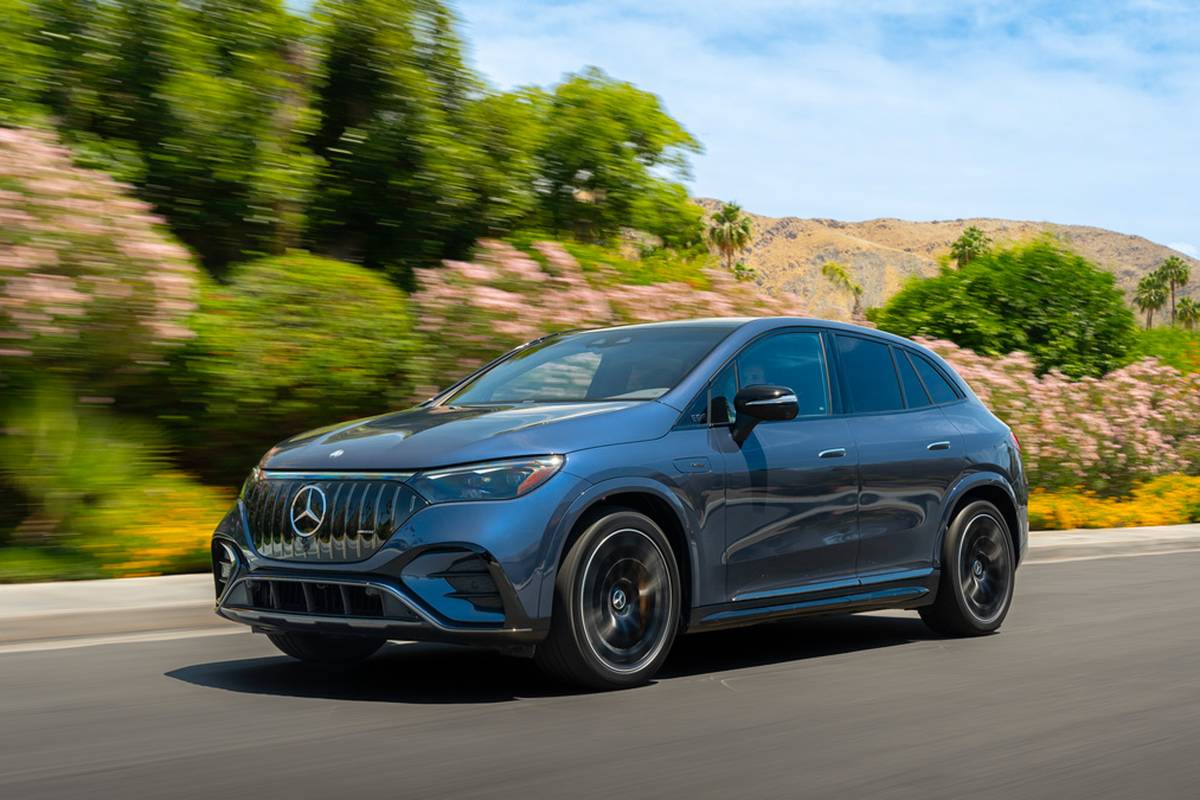2024 Volkswagen Atlas Review: Smart Changes (Nearly) Redeem a Former Favorite

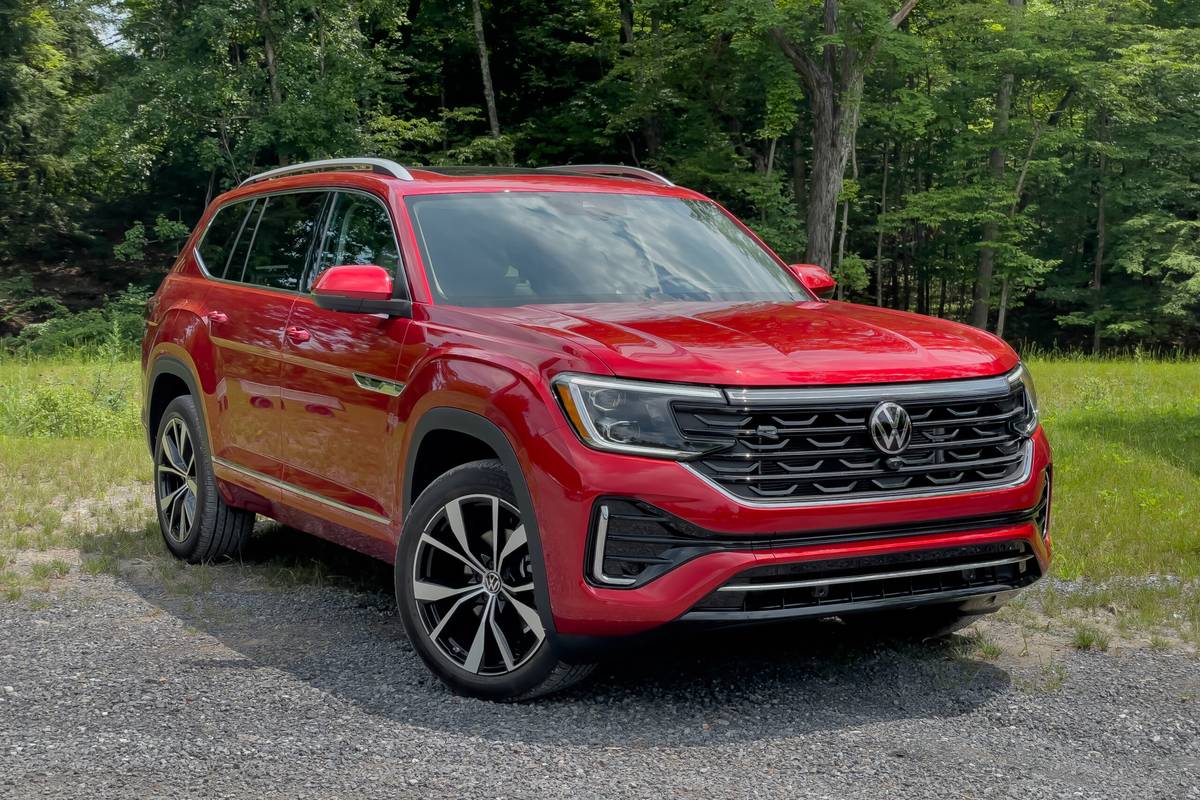
The verdict: The 2024 Volkswagen Atlas adds a surprising number of standard features you wouldn’t expect in this class and a notable boost to the interior’s quality, though there’s one potential deal breaker.
Versus the competition: The Atlas pairs its gargantuan interior with better interior quality and device-pairing features for 2024, areas where the Atlas began to trail competitors over the years.
When it launched for the 2018 model year, the Volkswagen Atlas three-row SUV was immediately one of our favorite family SUVs thanks to its roominess and features for the money. The Atlas received Cars.com’s Best of 2018 award and was named Family Car of the Year multiple times, mantles that the deservedly excellent Kia Telluride and Hyundai Palisade have since taken over.
For 2024, the Atlas is ready for another go with a glowed-up interior, a significant boost to its standard technology features and a new standard engine, improvements that address many of the reasons why it’s taken a backseat in recommendations to Hyundai and Kia. Despite one potentially major annoyance, the Atlas is a much more compelling option for 2024. For this review, I focus on the three-row, six- or seven-occupant Atlas, but an Atlas Cross Sport with two rows and room for five also is available; it’s mostly the same updated vehicle with minor tweaks to packaging and pricing.
Related: Redesigned 2024 VW Atlas, Atlas Cross Sport Priced From $38,065
More Premium Interior and Exterior
The Atlas’ previous interior was no-nonsense, utilitarian and sparsely appointed. I don’t think anyone looked at it and went, “Oh, that’s nice.” No, it was more about its space efficiency, being significantly larger on the inside than competitors without being significantly larger on the outside. It also offered smart functions and features for families.
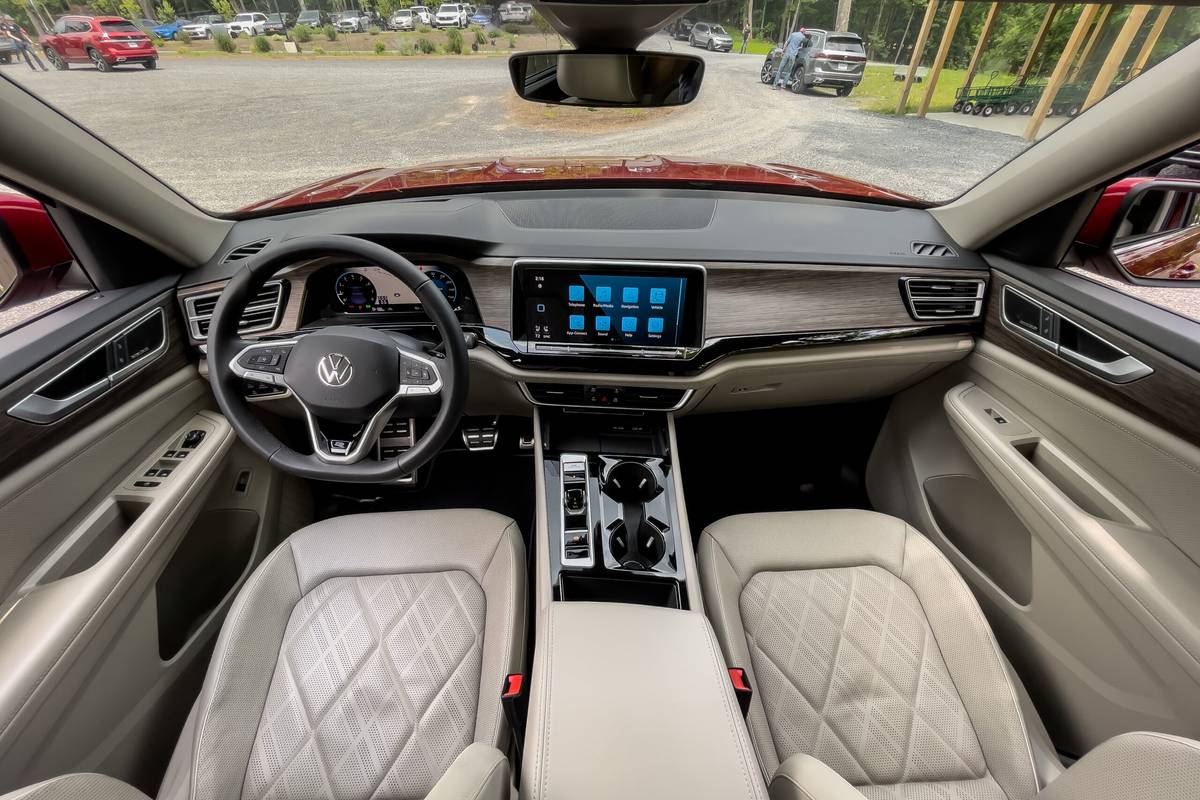
For 2024, the interior is more richly appointed, with pleasing-to-the-eyes-and-touch materials in high-visibility areas including the dashboard, door panels and center console area. The imitation wood grain looks convincing; the optional leather upholstery is rich and supple (and leather is now standard on the SEL instead of just the top SEL Premium R-Line trim; imitation leather is standard on the base SE); and the standard digital instrument panel and 12-inch touchscreen have vibrant and colorful high-resolution displays.
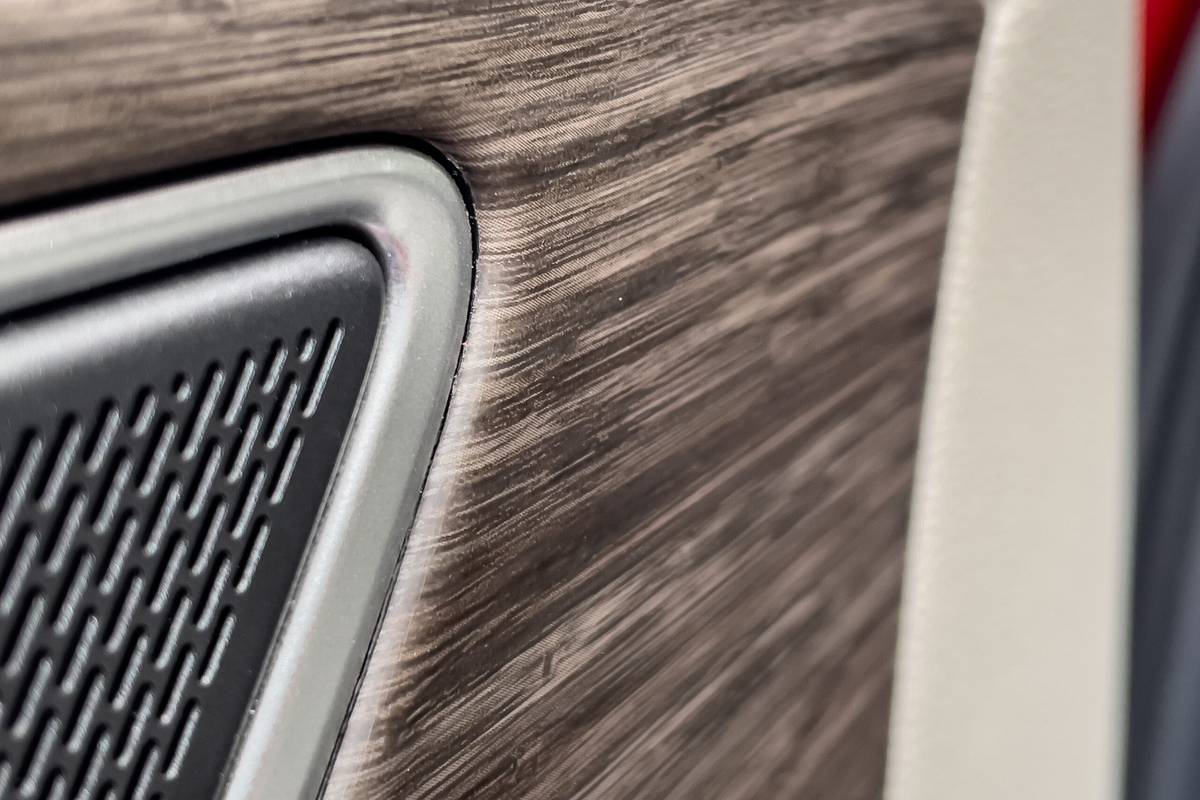
The Atlas’ interior quality doesn’t quite reach the standard that the Telluride and Palisade set, however, because above and below eye level, the materials are similar to the outgoing Atlas. That’s where the Telluride and Palisade stand out against everybody, with richness from top to bottom inside the car.
On the outside of the Atlas, there’s flashy integrated accent lighting on all but the SE model that is something you’d proclaim, “Nice” when seen at night: An illuminated light bar integrated into the top of the front grille pairs with an illuminated VW badge and a rear LED light bar. These highly visible accents give the Atlas a nighttime signature that should be unmistakable on the road.
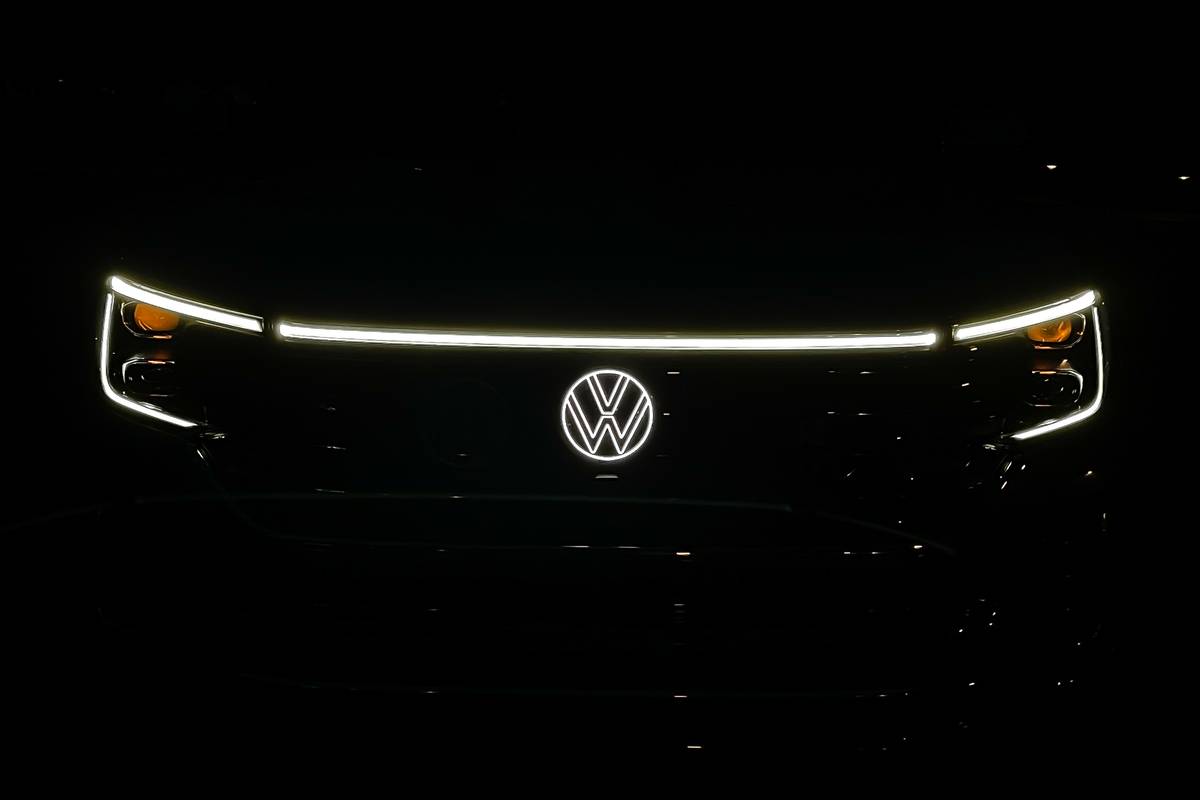
Controversial Touchscreen and Controls
When we saw the 2024 Atlas for the first time at the 2023 Chicago Auto Show, it was adorned with the haptic and touch-sensitive steering wheel controls we (and buyers alike) have loathed in VW’s ID.4, Tiguan, Golf GTI and Golf R. However, brand-wide, the marque has stated it’s rolling back that style of wheel after listening to consumer feedback. What comes on the production version of the Atlas is a steering wheel with traditional buttons that are easily usable.
What didn’t get rolled back is the use of the ID.4 electric SUV’s user interface and controls, which replace physical buttons with touch-sensitive controls like you’d find on a home washer or dryer. Those mostly work in that application because you’re not driving a washer or dryer. In practice, using the climate controls and other touch-sensitive controls are hit-or-miss when trying to find and activate what you’re looking for while driving; touch controls like these have effectiveness that can vary by skin and weather conditions and are frustrating when they don’t work. Also, some controls that would previously be physical, such as heated seats for the driver and passenger, are now touchscreen-only. Unless you’re in the screen’s climate menu, they’re not in the best spot for the front passenger, who has to reach into the driver’s space to turn on their heated seat or have the driver do it.
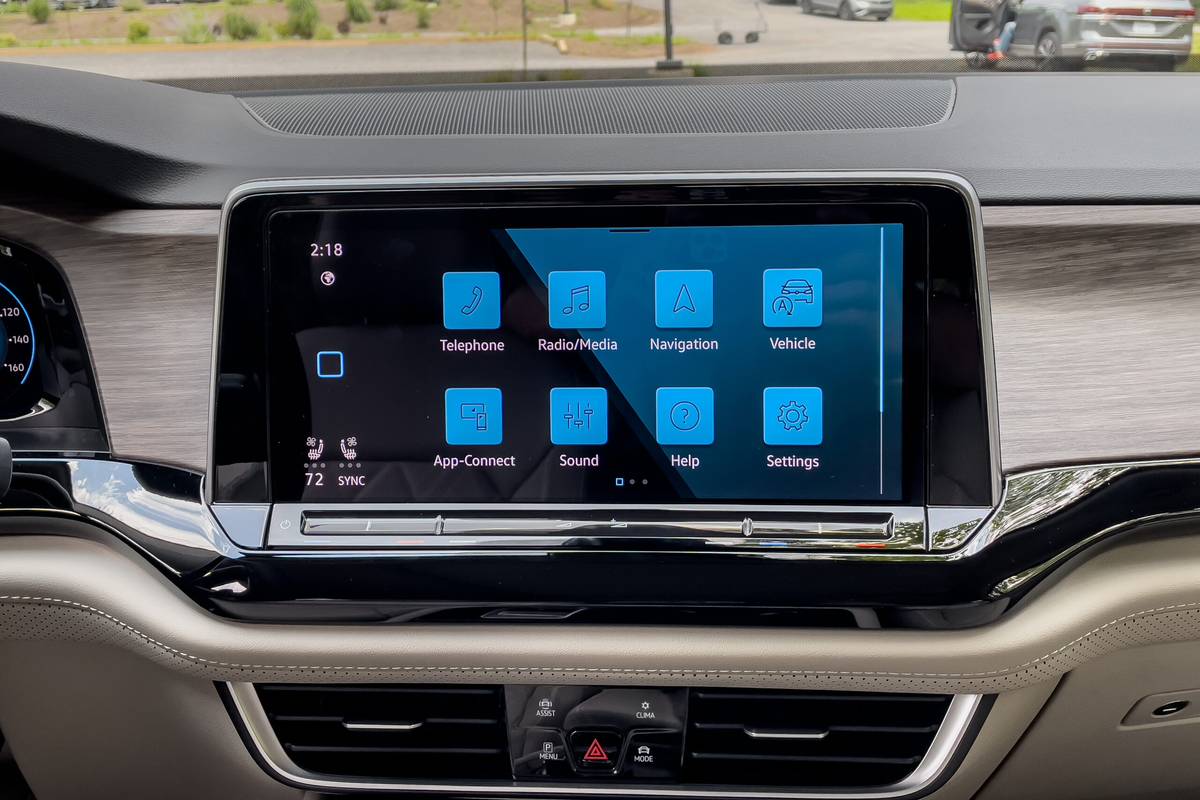
I can somewhat understand VW including these controls on an ID.4, where an owner may be amenable to new technology and a different way of interacting with their car, but in the Atlas, families will just need it to work — and work easily — which in my experience is not the case. Perhaps acclimation can help, but I’m leery of anything that “needs getting used to” to operate, especially in the form of interacting with your vehicle.
New Standard Four-Cylinder Has More and Less Premium
A turbocharged four-cylinder engine was always offered as a more affordable option to the 3.6-liter V-6, but for 2024, a turbocharged four-cylinder is the only engine. While there may be a perception that the four-cylinder is an entry-level base engine and would be underpowered in a large SUV, the new, more powerful turbo four-cylinder here is a more premium offering in refinement and power delivery than both the outgoing four- and six-cylinder, offering 34 more horsepower than the old four-cylinder (7 hp fewer than the V-6) and 15 more pounds-feet of torque (7 pounds-feet more than the V-6).
What’s under the hood of the 2024 isn’t just a slightly boosted version of the old engine, but rather a next-generation VW turbo 2.0-liter four-cylinder that — most importantly — removes the premium-octane gasoline requirement to achieve maximum power. The previous 2.0-liter could run on regular-octane gas without damage, but VW recommended premium octane to achieve its advertised power. For 2024, the Atlas 2.0-liter four-cylinder recommends regular 87-octane gasoline and makes its maximum 269 hp with it, and that’s a huge win for consumers who don’t have to choose between power and affordability. A version of this engine (EA888 Evo4, for you VW fans) also appears in the latest-generation Arteon, Golf GTI and Golf R.
While I often miss the linear power delivery and refinement of a good V-6 engine when it’s replaced by a turbocharged four-cylinder (like what happened to the 2023 Lexus RX), the Atlas’ 3.6-liter wasn’t particularly alluring or fuel-efficient, and the previous turbo four was good enough where it mattered (around-town acceleration and fuel economy) that it became an easy recommendation (good enough that I bought one) when the four-cylinder became more available on higher trim levels and with all-wheel drive for 2021. The outgoing four-cylinder wasn’t recommended if you needed to tow, however, because the V-6 was rated for 5,000 pounds, while the four-cylinder was 2,000 pounds.
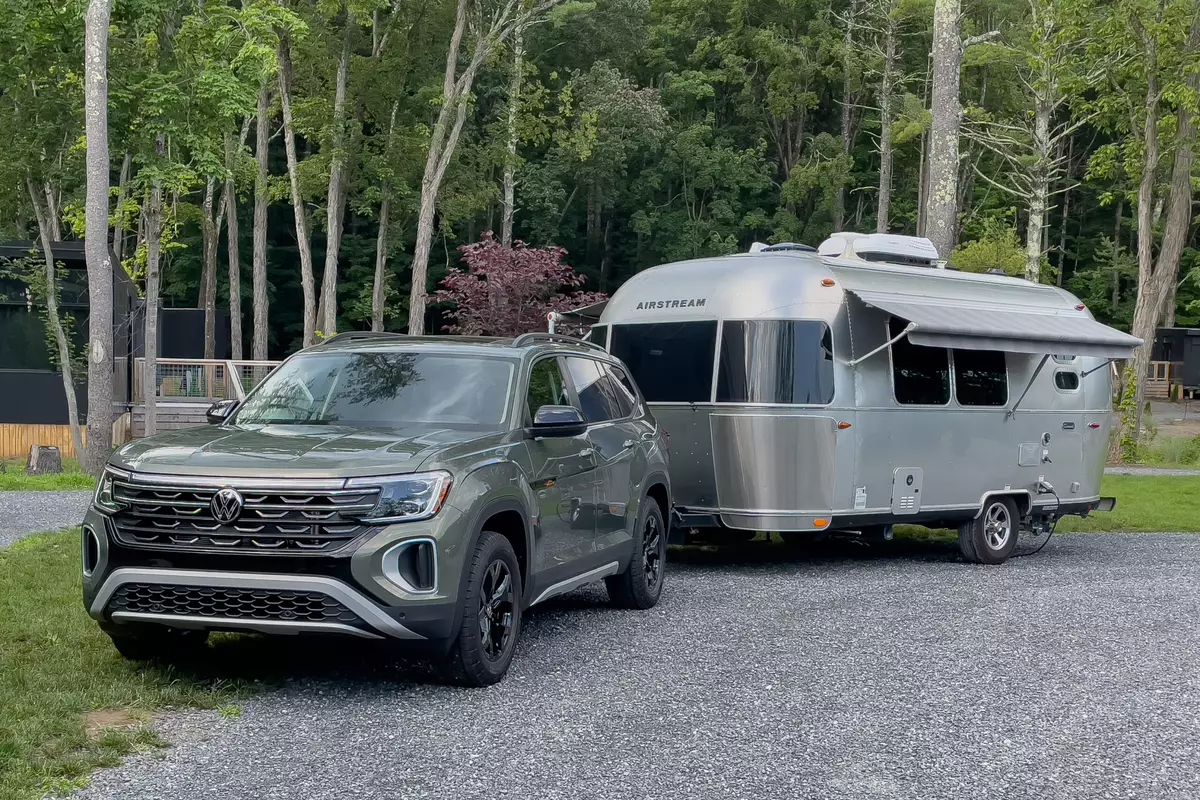
The new four-cylinder is punchy and refined with little acceleration delay, and could easily be mistaken for a V-6; in Sport mode, augmented engine noise adds a distinctive tone to acceleration via interior speakers, though this artificial noise does drone quite a bit at steady speeds. According to VW, acceleration is improved versus the outgoing V-6, with 0-60 mph in as quick as 7.5 seconds with AWD versus 8.3 seconds compared to the previous 3.6-liter with AWD. And other than acceleration, the Atlas drives with the confident road-holding of previous versions, but also the choppy ride quality and tire noise from the available 20-inch wheels. In our experience, Atlases with the 18-inch wheels create the best cabin isolation from road noise and rough roads, but those are limited to SE trim levels and the Peak Edition, the Atlas’ new off-road-themed trim — which also wears all-terrain tires that can sometimes be noisier.
The 2024 Atlas’ gas mileage varies by trim level, ranging from 20-23 mpg in combined EPA ratings; fuel economy ratings differ between the SE/SEL/Peak Edition trims. All but the Atlas Peak Edition beat the old V-6’s 20 mpg combined rating.
From highest to lowest, the 2024 Atlas’ fuel economy is as follows:
- SE front-wheel drive: 20/27/23 mpg city/highway combined
- SE AWD: 19/26/22 mpg
- SEL/SEL Premium R-Line AWD: 19/25/21 mpg
- Peak Edition AWD: 18/24/20 mpg
I prefer the new engine to either of the previous options because there’s more acceleration while mostly maintaining the fuel economy of the outgoing four-cylinder. We previously owned a 2018 Atlas 3.6-liter in our long-term test fleet that we drove for 11,000 miles, and my family car is a 2021 Atlas 2.0-liter with AWD that we’ve driven 23,000 miles. Add in that any 2024 Atlas with a hitch receiver is rated to tow 5,000 pounds, just like the outgoing V-6, and the new engine is a smart addition to the Atlas lineup.
Related Video:
Explosion of Standard Technology and Features
The 2024 Atlas has a stout offering of standard features. Some of those higher-value offerings include standard heated and ventilated seats, a heated steering wheel, tri-zone automatic climate control and a height-adjustable front passenger seat. There’s also a standard adaptive front lighting system, which was previously optional; the 2023 Atlas missed out on the Insurance Institute for Highway Safety’s Top Safety Pick award because of its standard marginal headlight performance, so there’s potential that the new headlights could get the Atlas in the good graces of the IIHS as a Top Safety Pick.
Also now standard is the IQ.Drive suite of drive-assist and safety technology that includes adaptive cruise control, lane-centering steering, blind spot monitoring, forward collision warning with automatic emergency braking, as well as rear traffic alert and Travel Assist, which keeps the car centered in the lane while using adaptive cruise control to assist in long-distance driving. One notable omission is the lack of rear parking sensors, which are optional on the base trim level (part of the available Technology Package) but come standard on the Telluride and Palisade.
As far as phone integration, VW does it right with standard wireless Apple CarPlay and Android Auto, as well as standard wireless phone charging; not all automakers offer both (most notably Kia and Hyundai), and to get the maximum tether-free benefit, you need the whole kit and caboodle. In order for many competitors to match this feature set, you’d need to step up to a higher trim level or optional package.
New features for 2024 include an available head-up display on SEL and SEL Premium R-Line trims, a nice addition which displays the vehicle’s vitals on the windshield in front of you, and the center console has a large under-console storage area that’s been opened up by the use of a new, smaller gear selector.

One feature I thought was especially slick was on the SEL Premium R-Line with a 360-degree parking camera system: The front camera’s display is zoomed in and would pan to the left and right as the steering wheel turned. This was useful because it provided a better view ahead of the car versus a giant fish-eye view that sometimes skews the depth perspective of the image.
More From Cars.com:
- I Took My Own Advice and Bought a 2021 Volkswagen Atlas
- What’s the Best 3-Row SUV for 2020?
- Up Close With the 2024 Volkswagen Atlas, Atlas Cross Sport: Classier, With a Caveat
- 2024 Volkswagen Atlas Peak Edition Gets Rugged Look, No Significant Functional Upgrades
- Auto Show Faceoff: 2024 Toyota Grand Highlander Vs. 2024 Volkswagen Atlas
- Auto Show Faceoff: 2024 Volkswagen Atlas Vs. 2023 Kia Telluride
Base Pricing Also Blows Up; Is It Worth It?
The 2024 Atlas is chock-full of additional content, which isn’t coming free, but there’s still a lot of value at play. Base pricing is up $2,630 for a FWD SE, which now starts at just over $39,000 (all prices include destination). That’s painful, but the value in that price comes with the additional standard features, the improved interior and a more powerful engine that’s quicker and more efficient than the optional V-6.
Put all of that new content against an equivalent V-6 trim, and it looks better: A 2024 Atlas SE with AWD and the Technology Package is $44,915, which is $650 more expensive than a 2023 Atlas SE 3.6-liter with Technology Package, and $650 wouldn’t be hard to make up in a few years with the 2024’s better fuel economy.
Best of all: The Atlas still retains its exceedingly good third-row comfort, easy tilt-and-slide second row that can fit a Latch-anchor-installed child seat while allowing third-row access and pleasant highway manners. Bringing all of this new quality and content to the Atlas for 2024 absolutely moves the VW people mover back into the discussion with competitors like the Telluride, Palisade and redesigned Honda Pilot. Perhaps the biggest consideration for a shopper will be whether they can live with the drastically different multimedia and climate controls; for some, that may be a deal breaker.
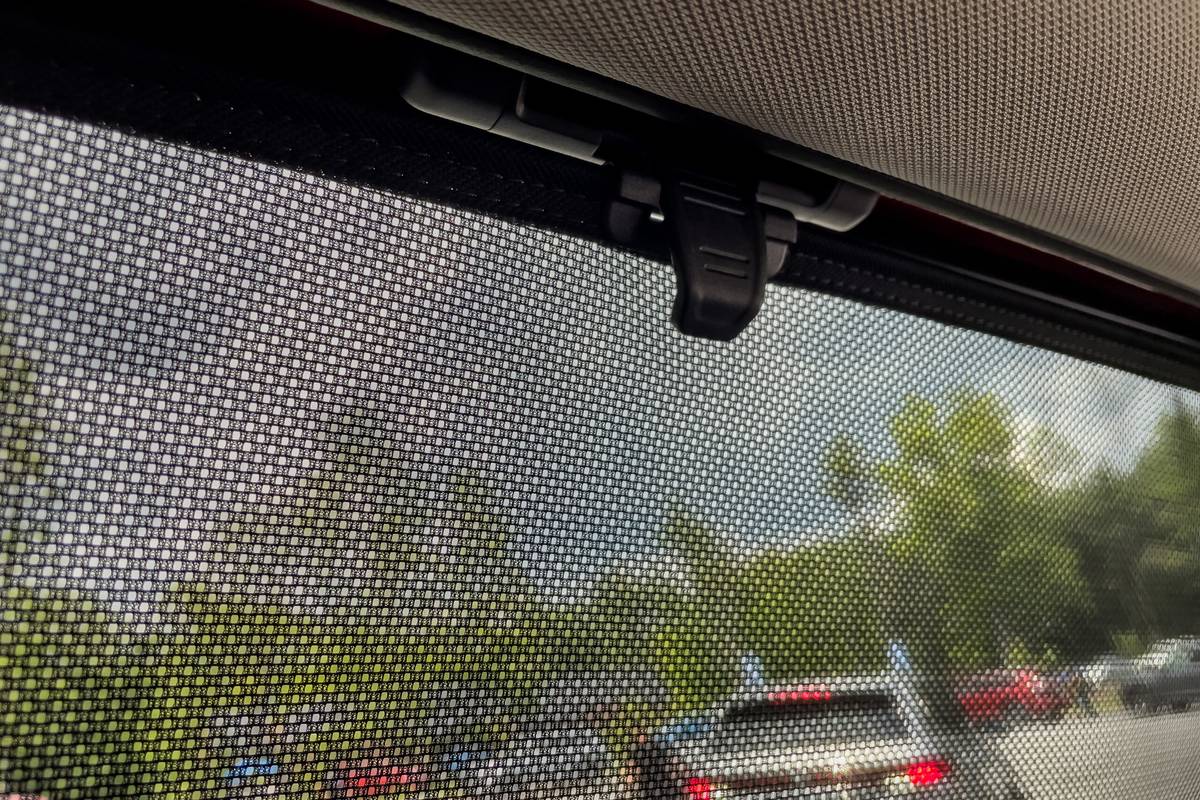
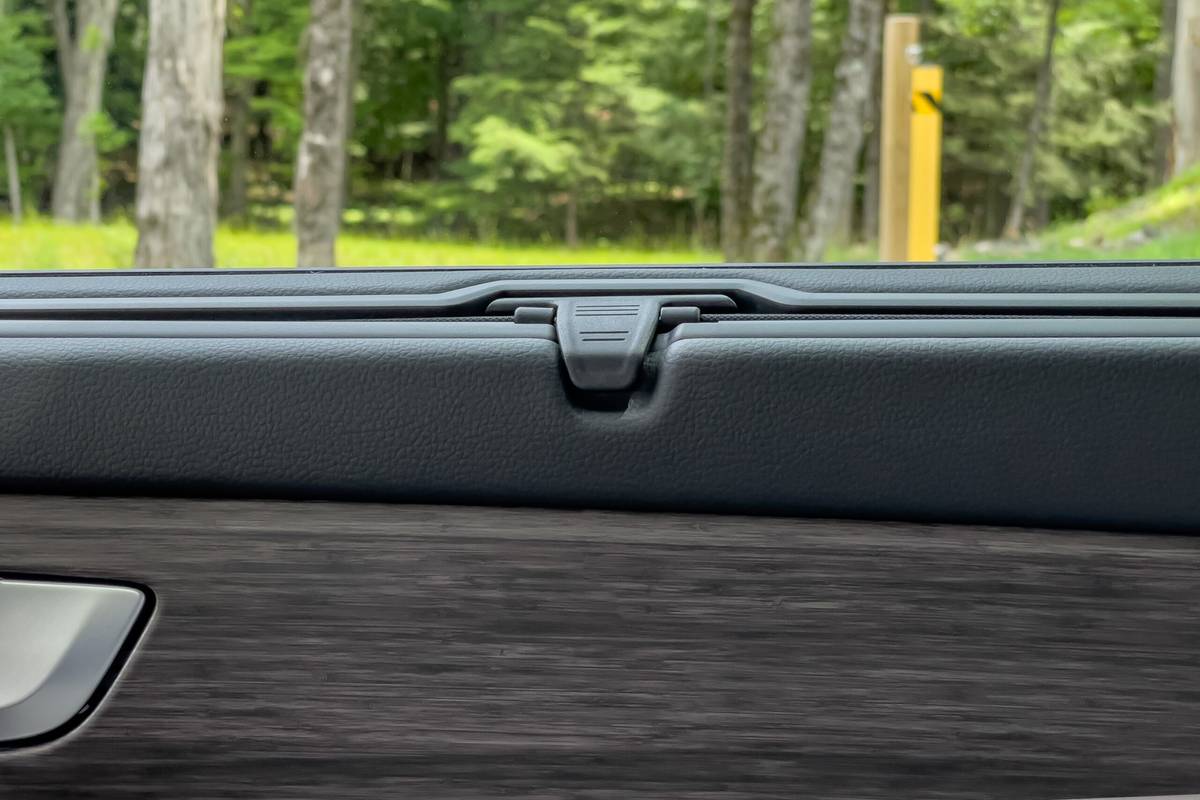
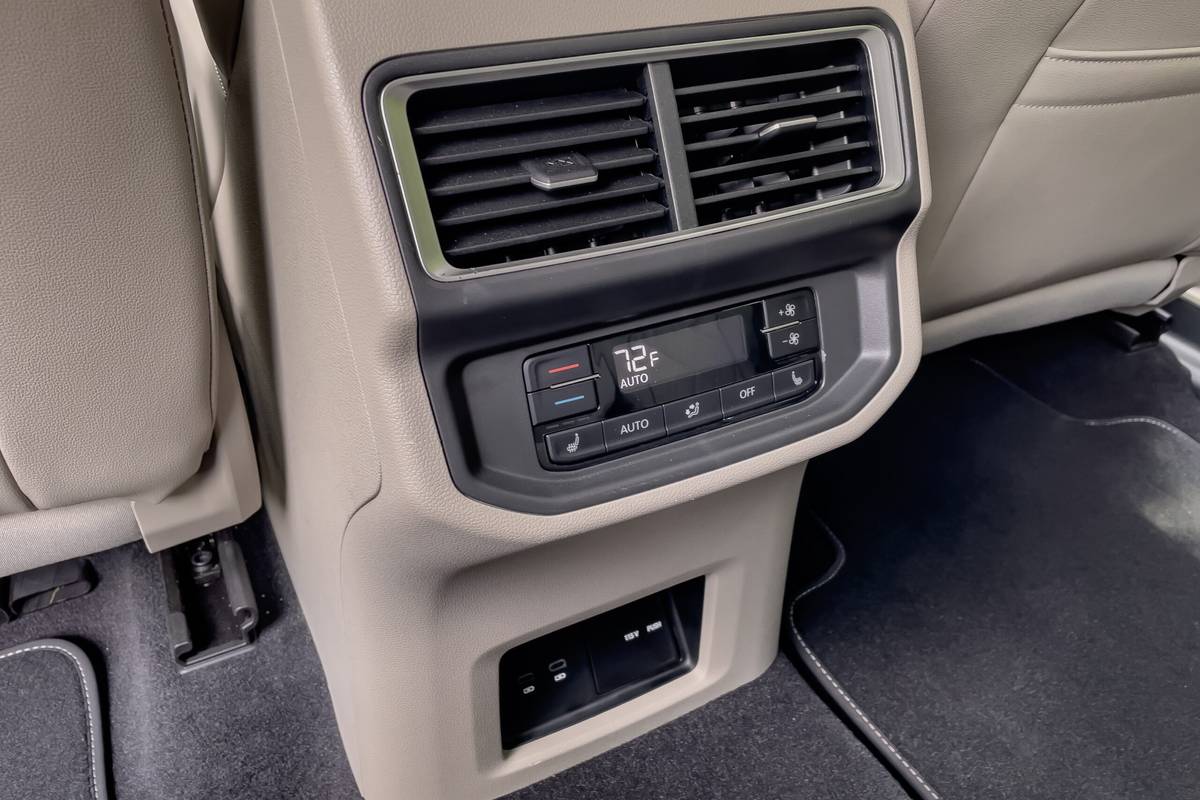
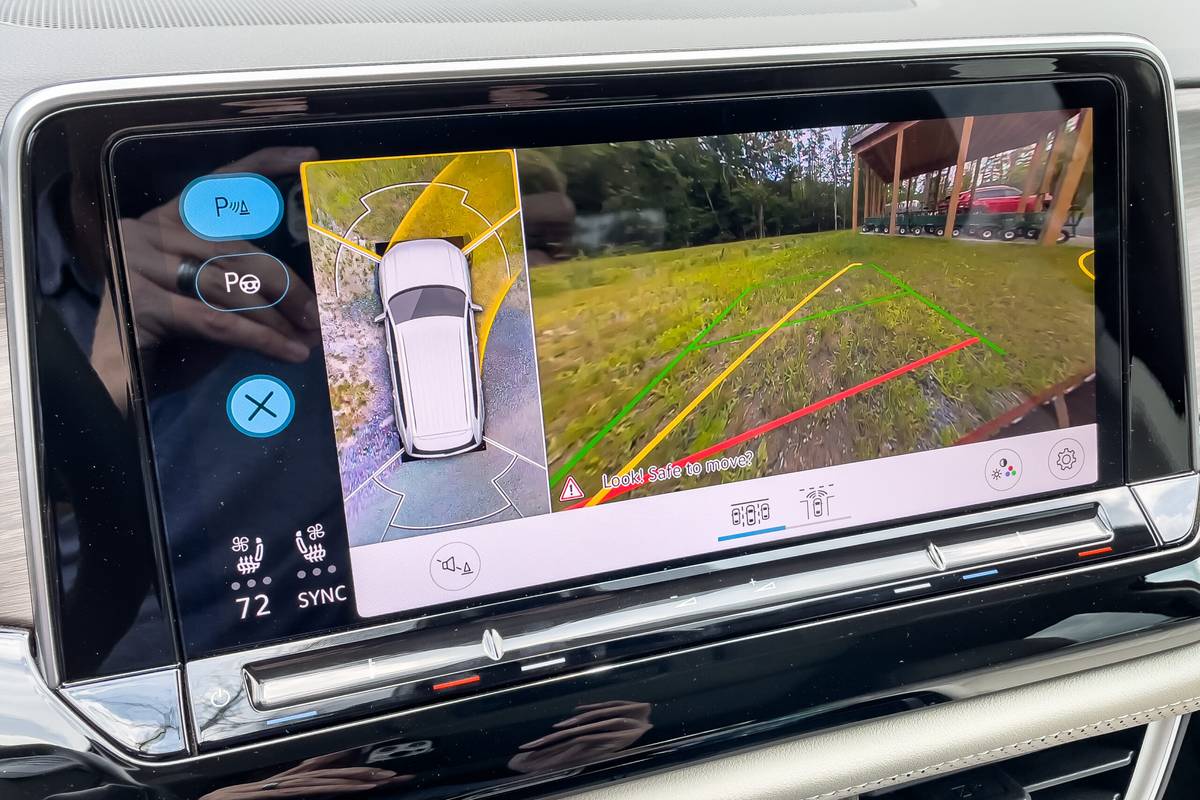
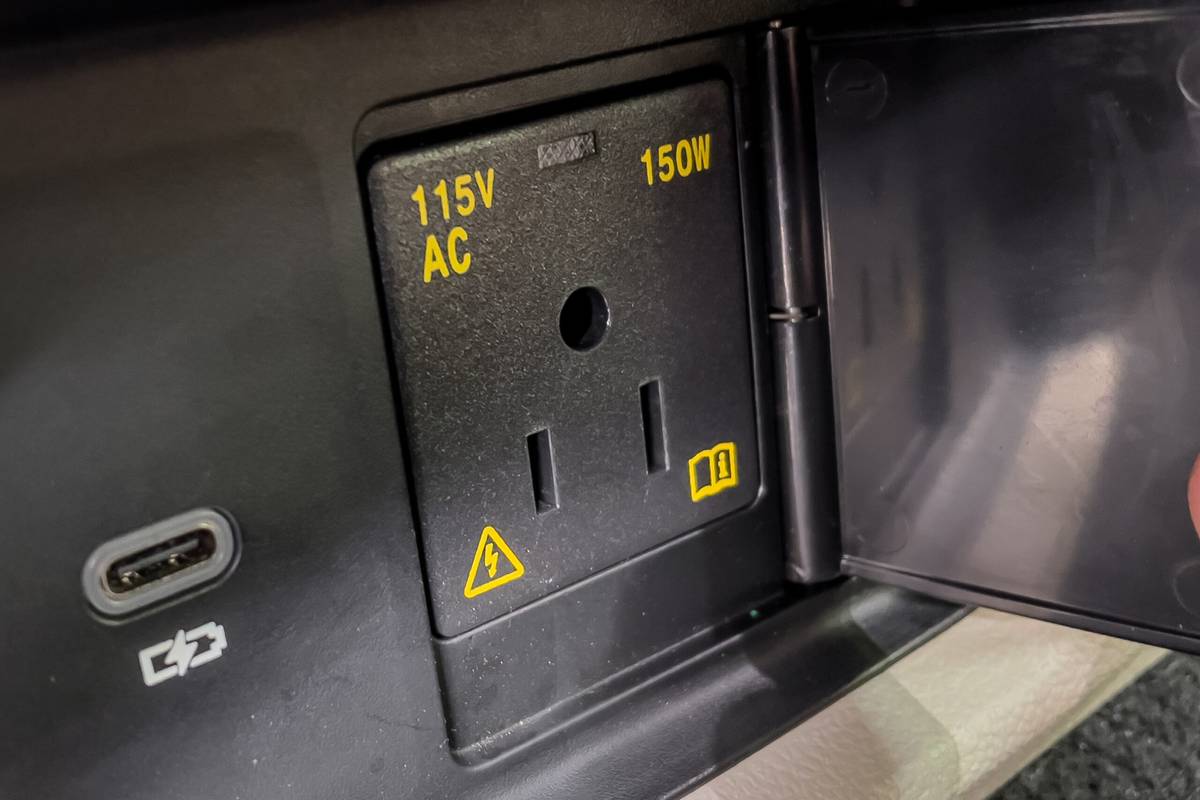
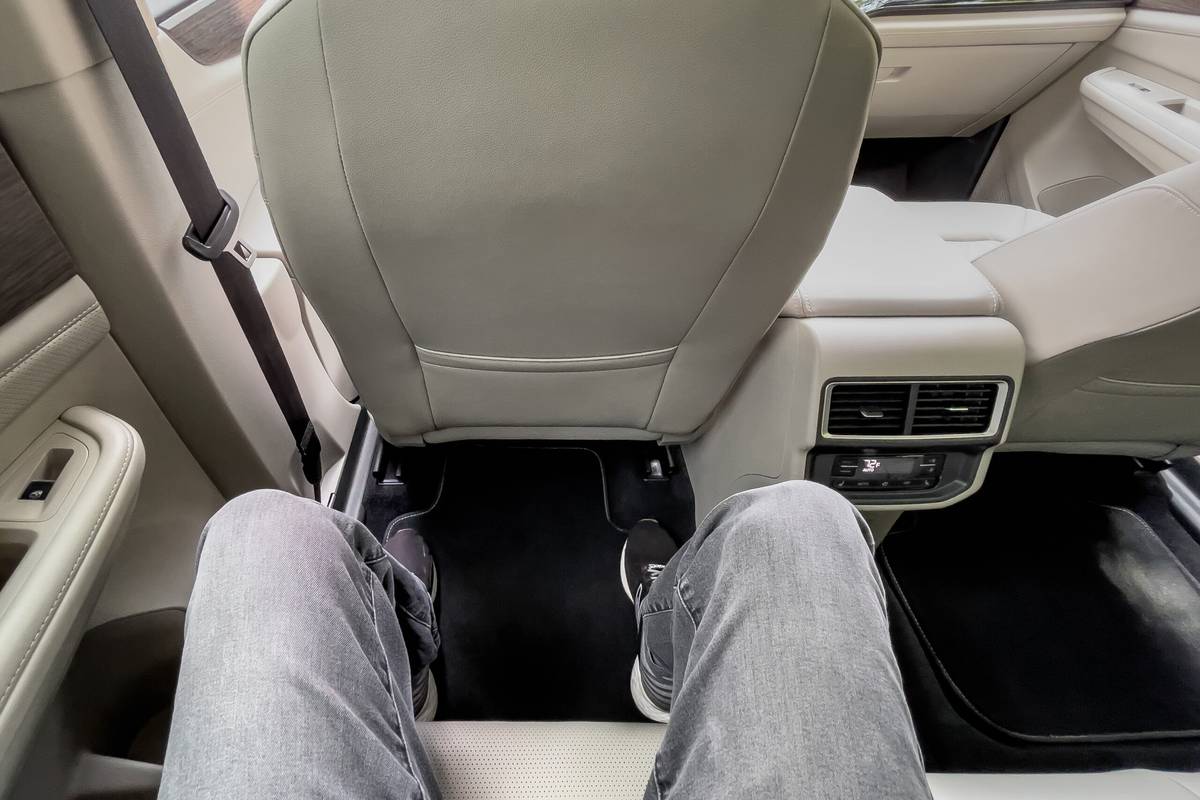
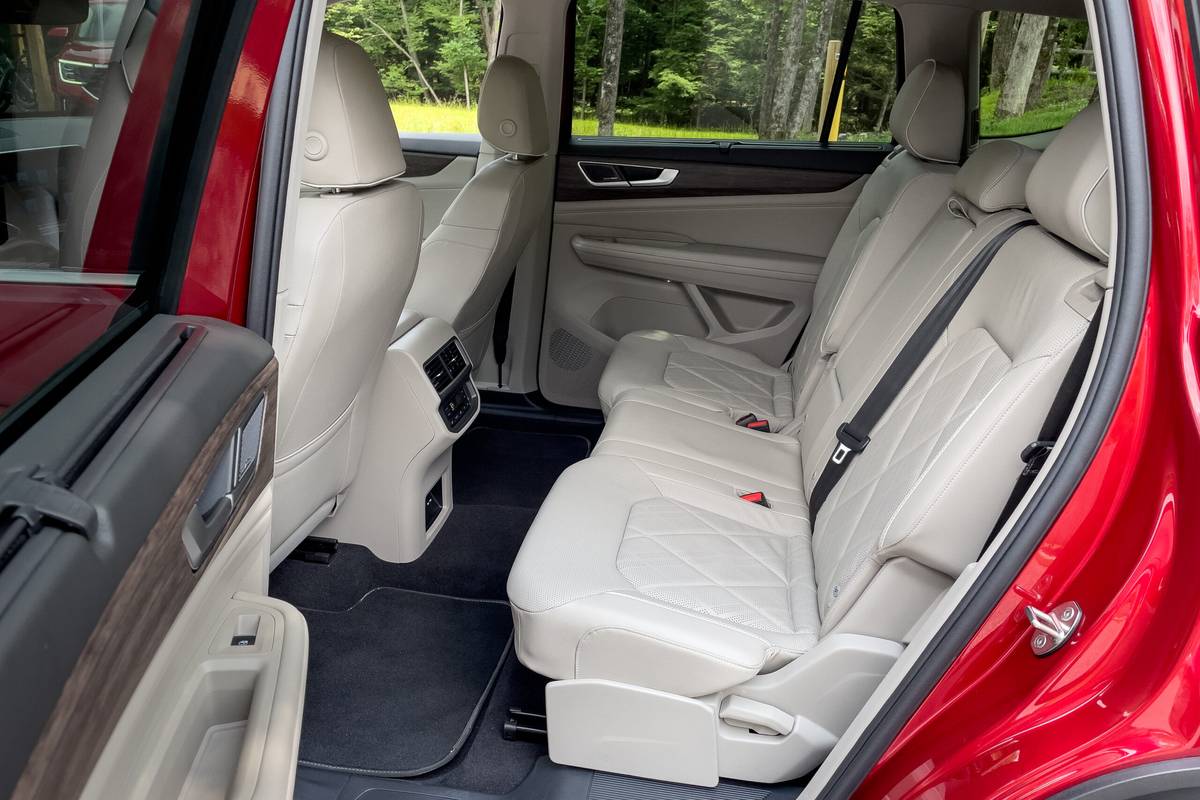
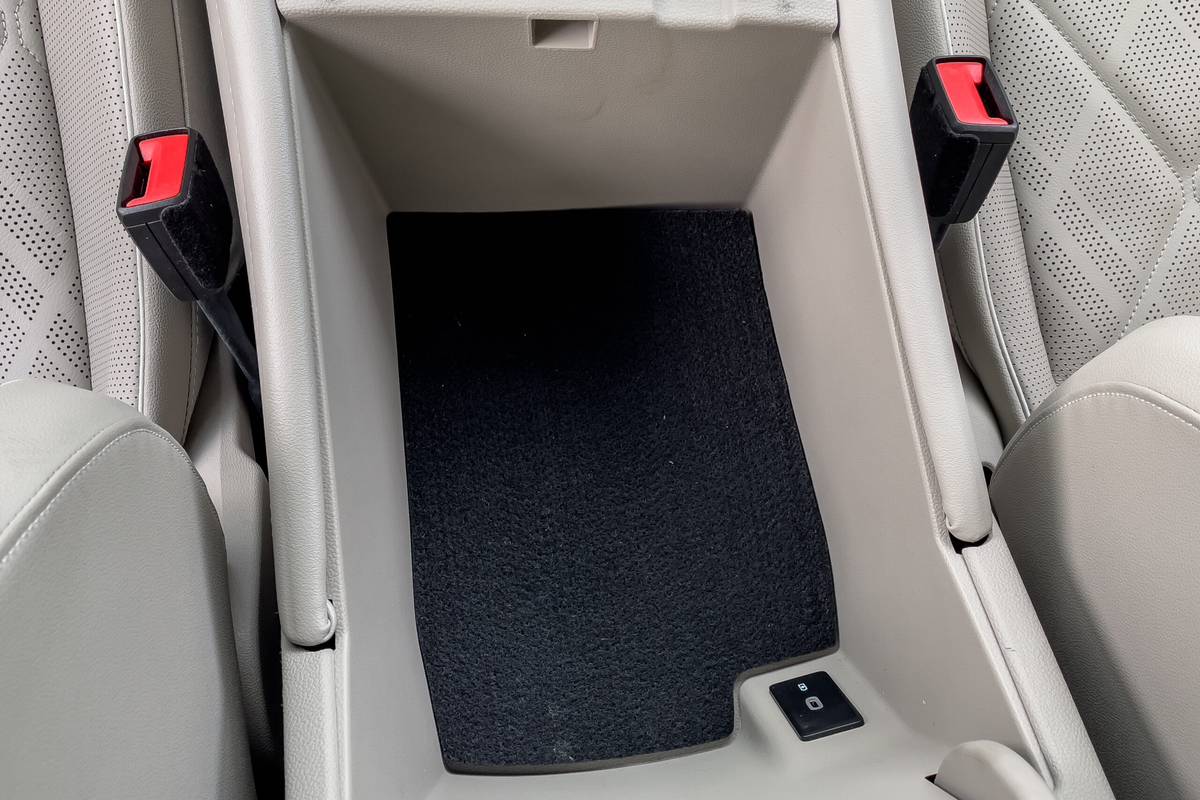
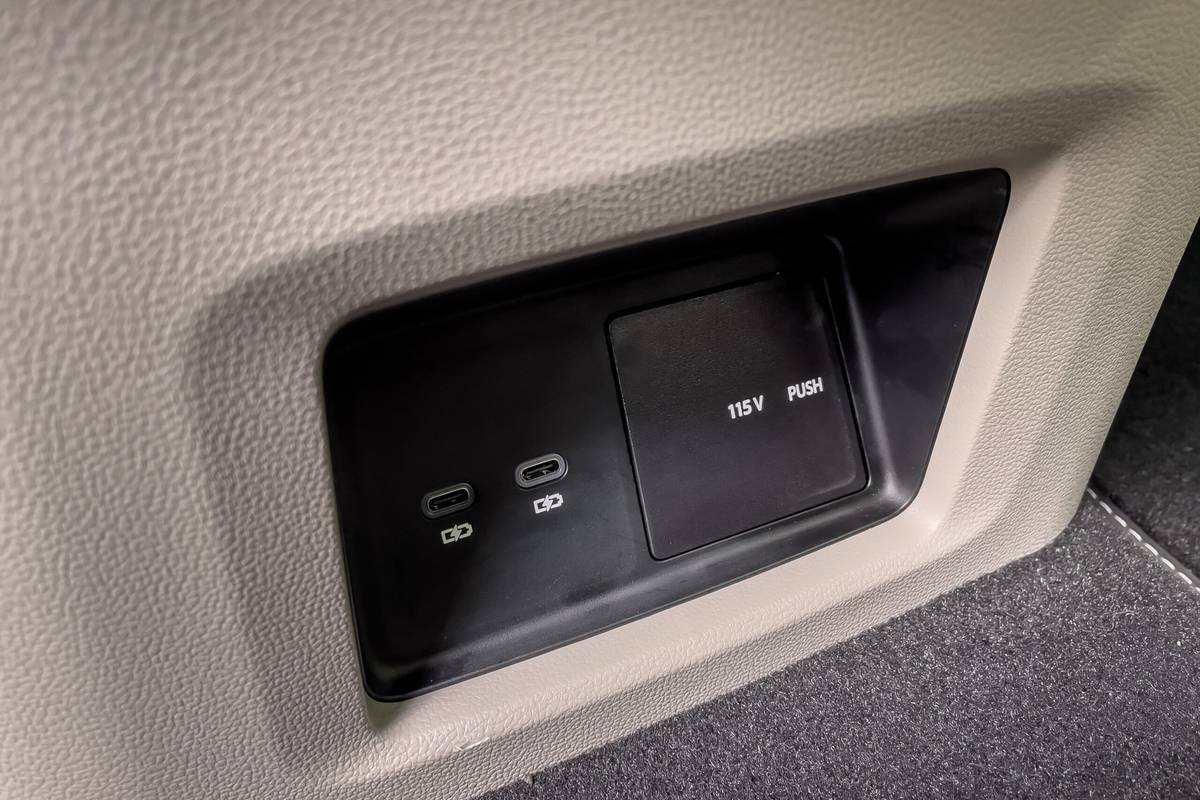

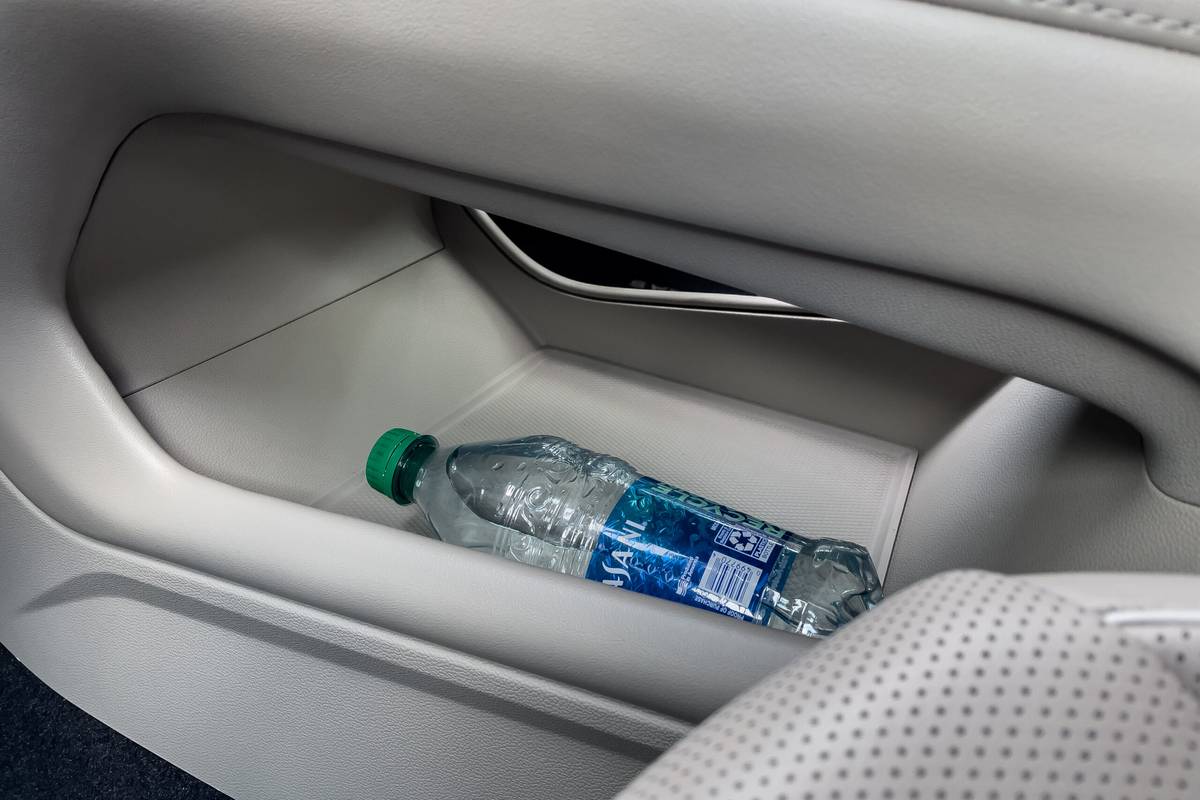

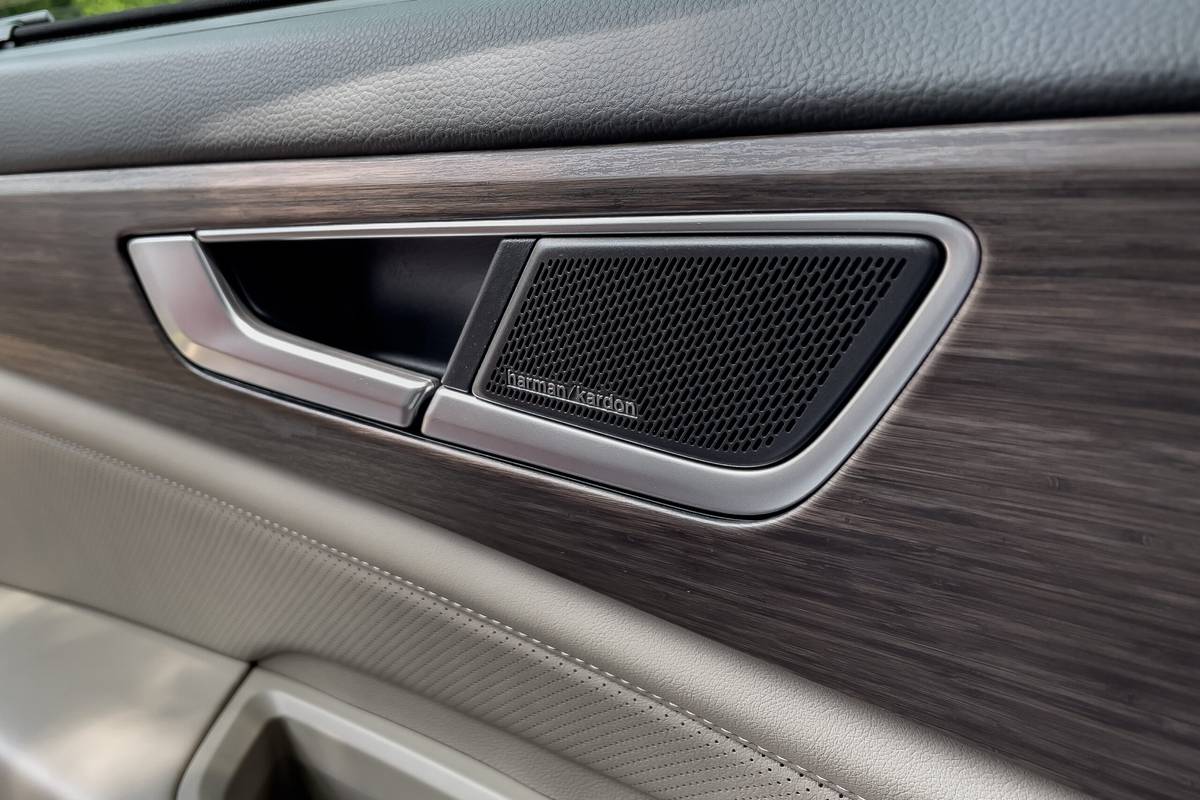
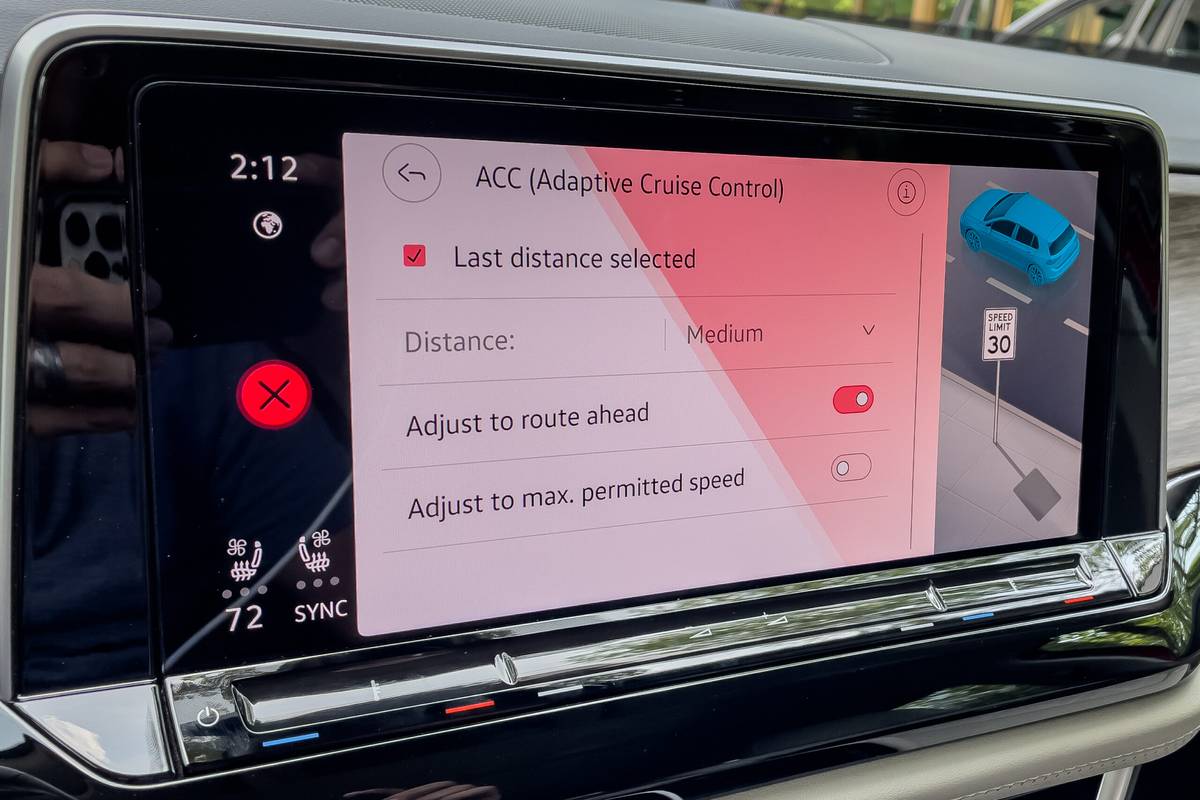
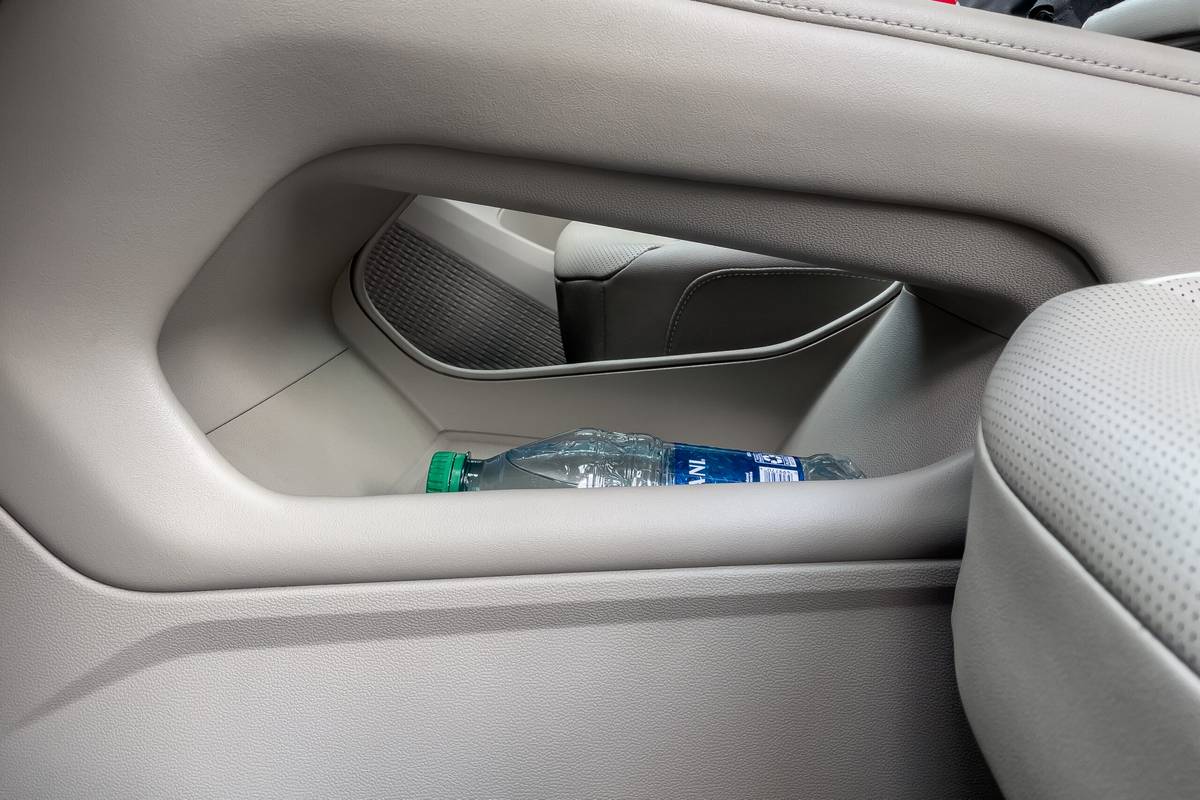
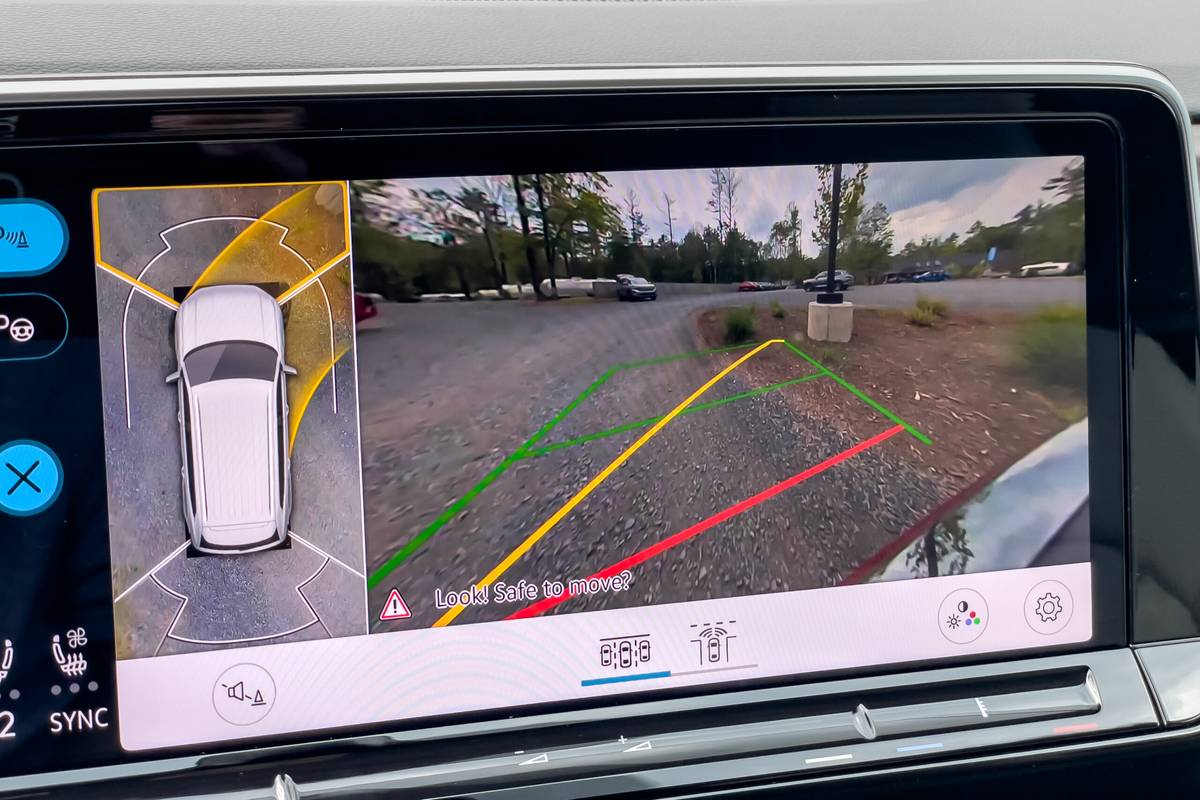
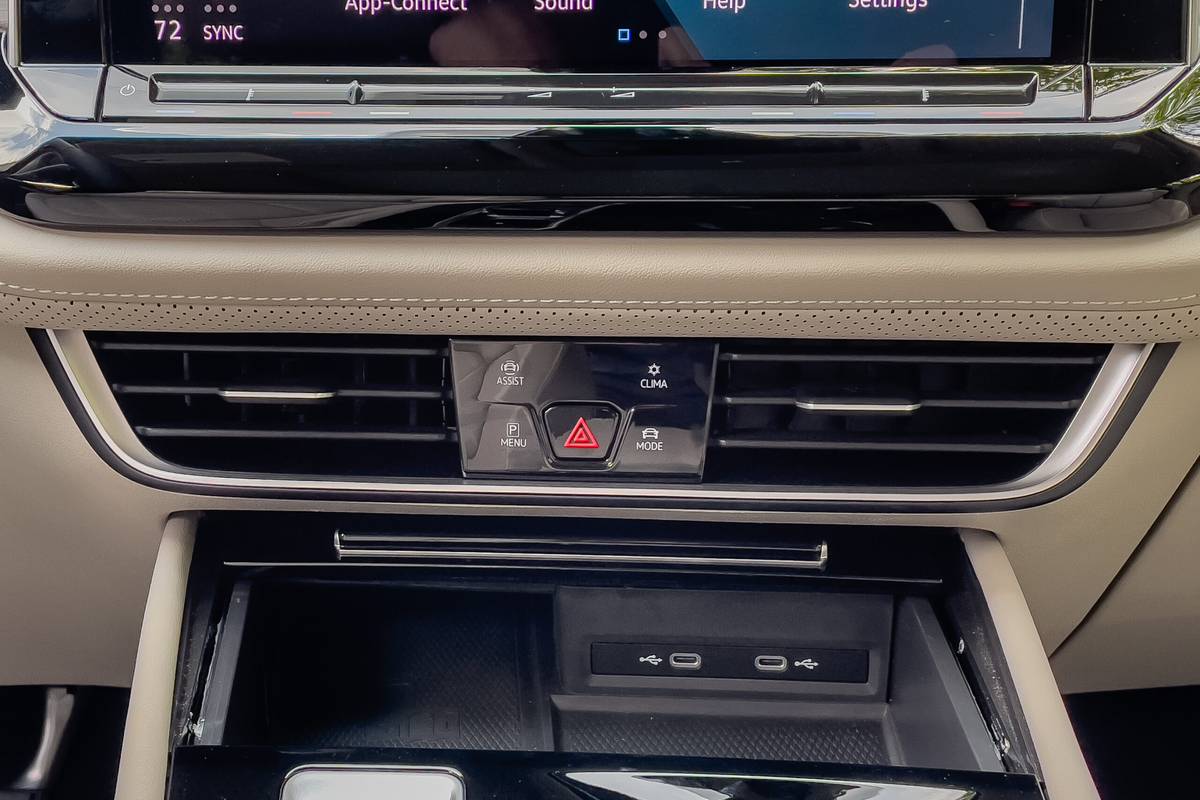
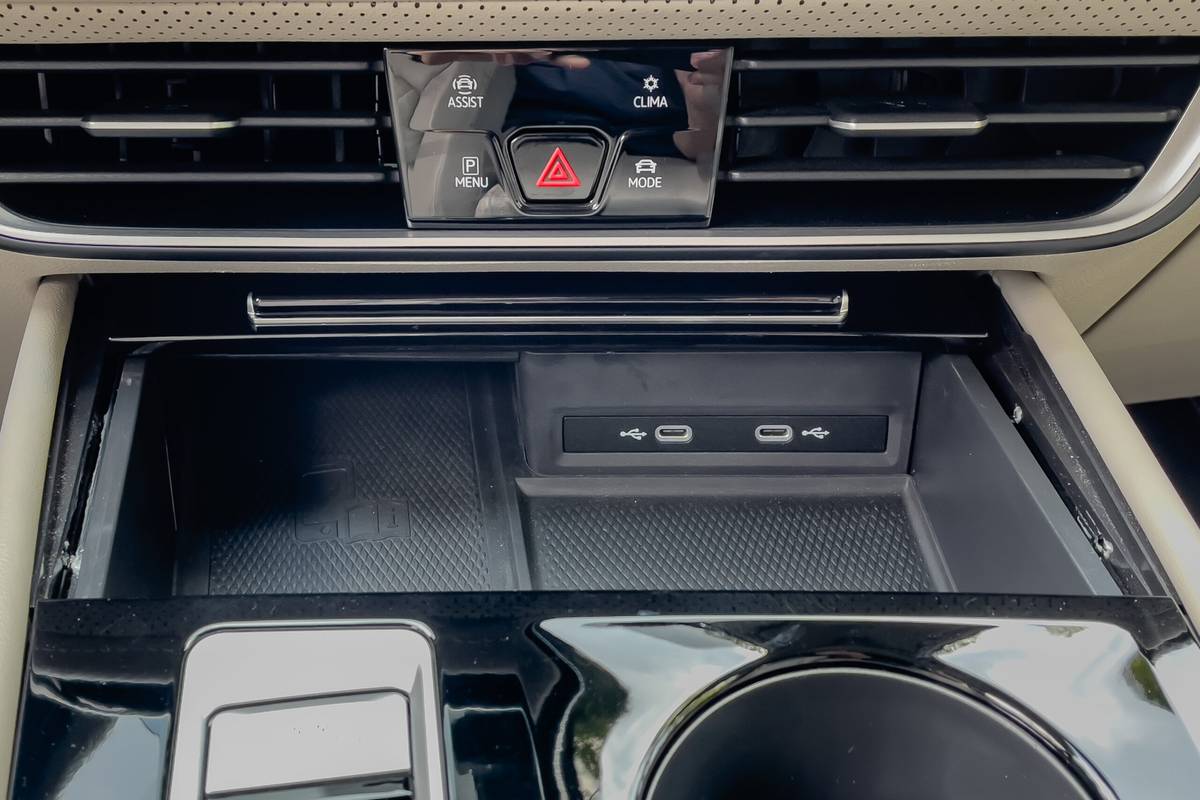
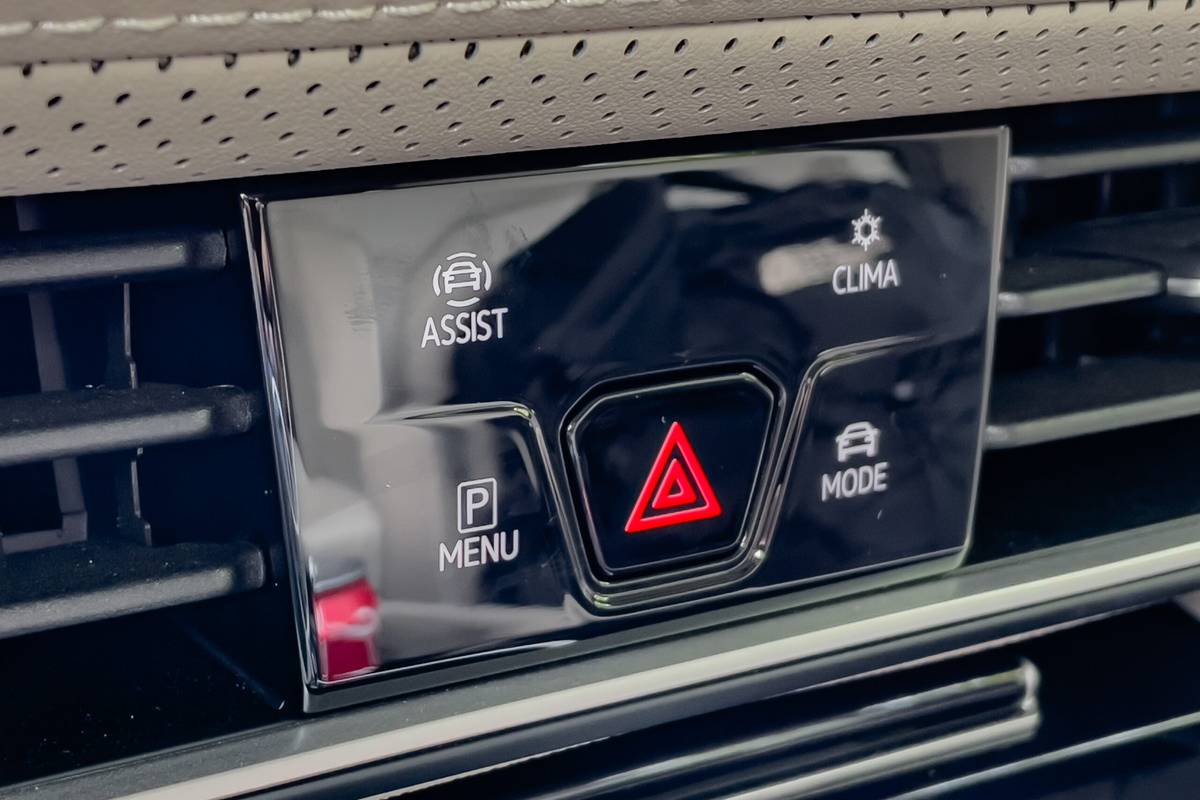



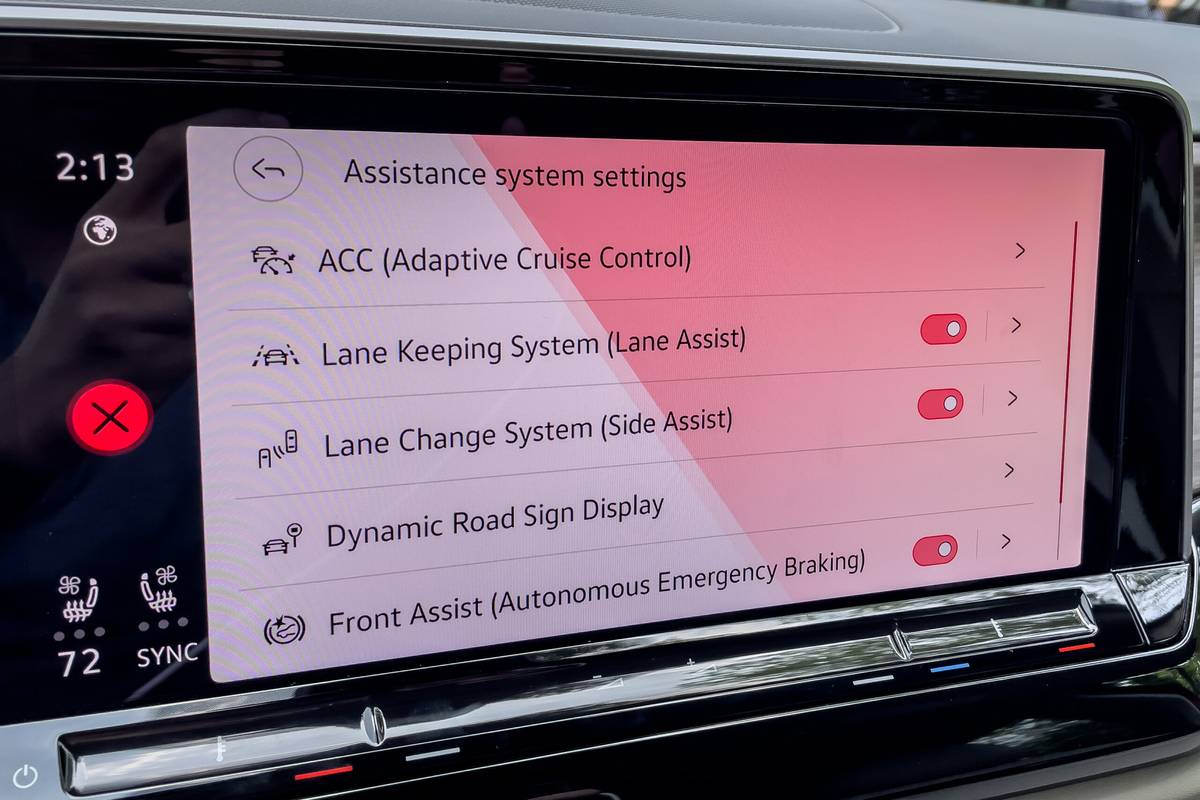
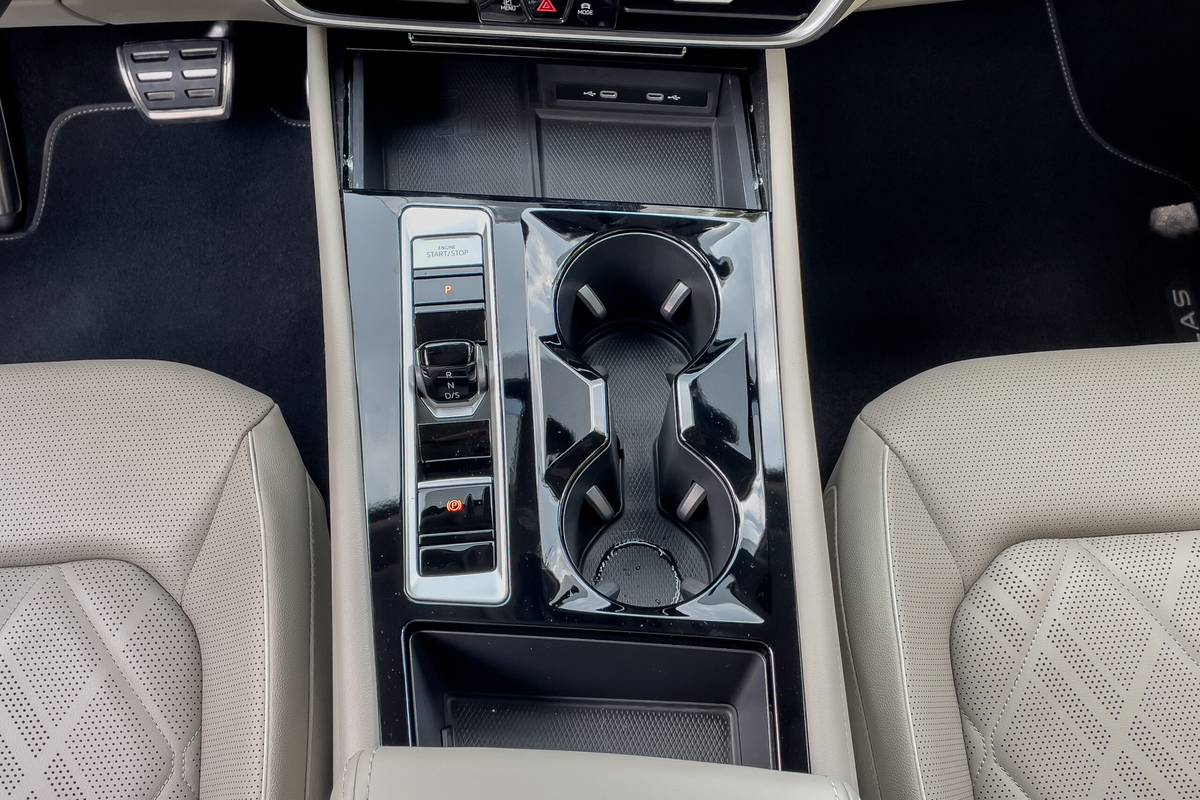
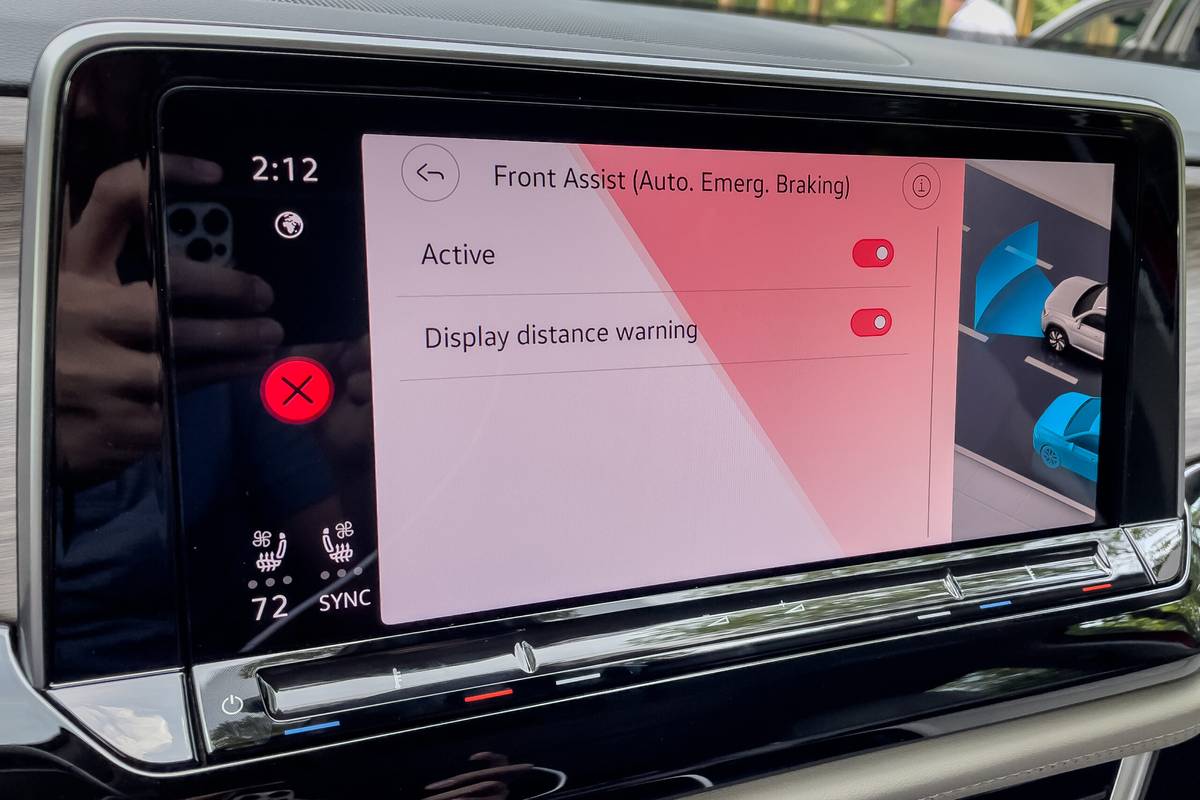
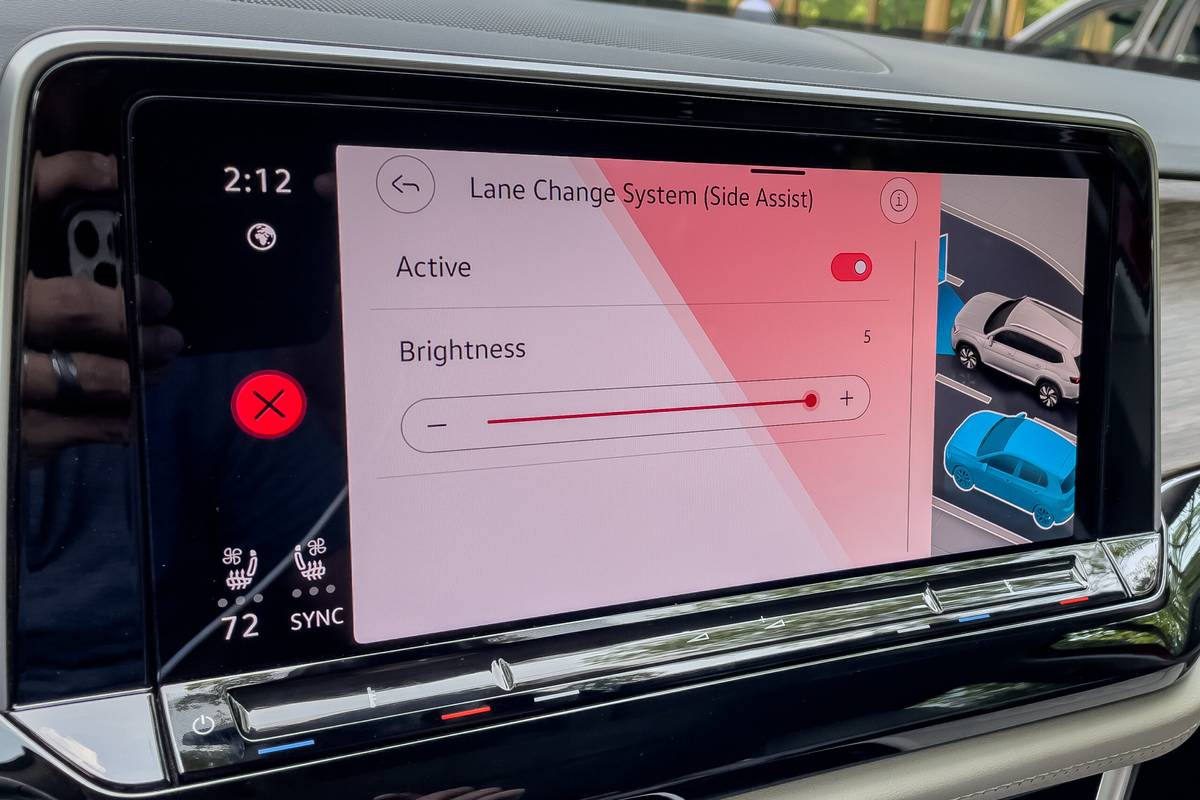
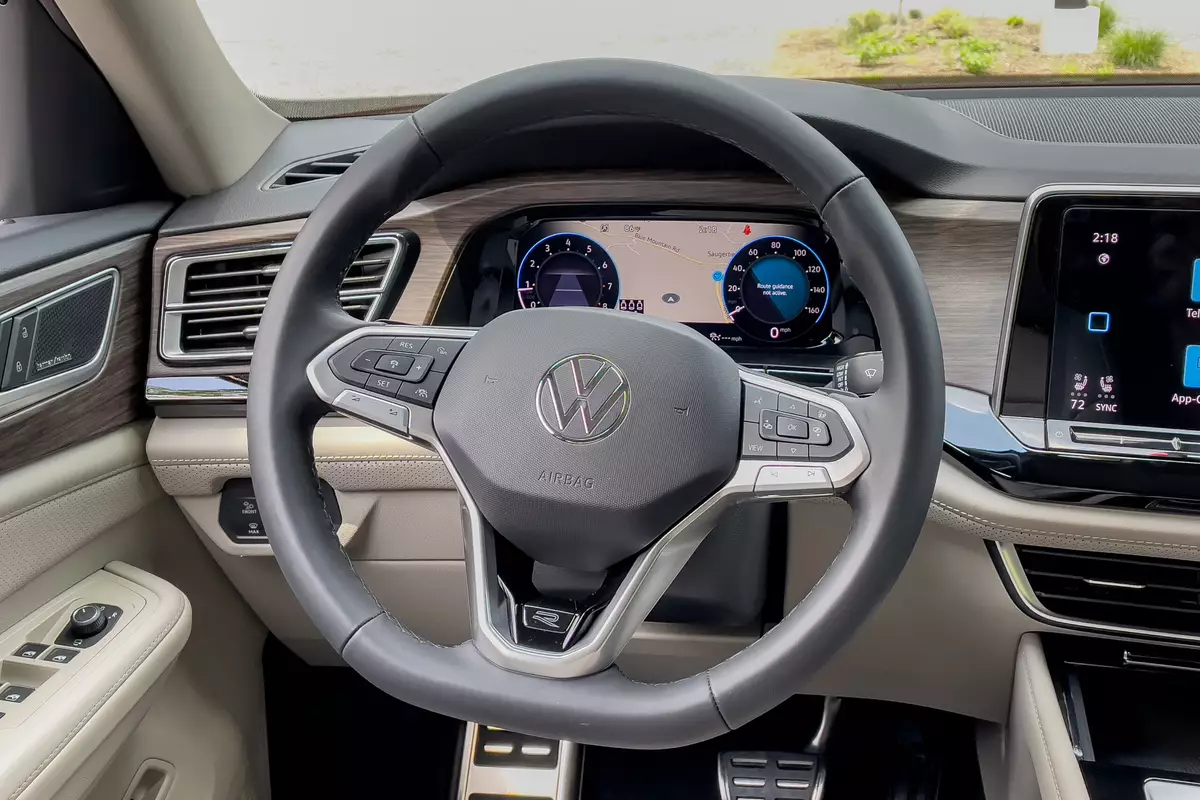
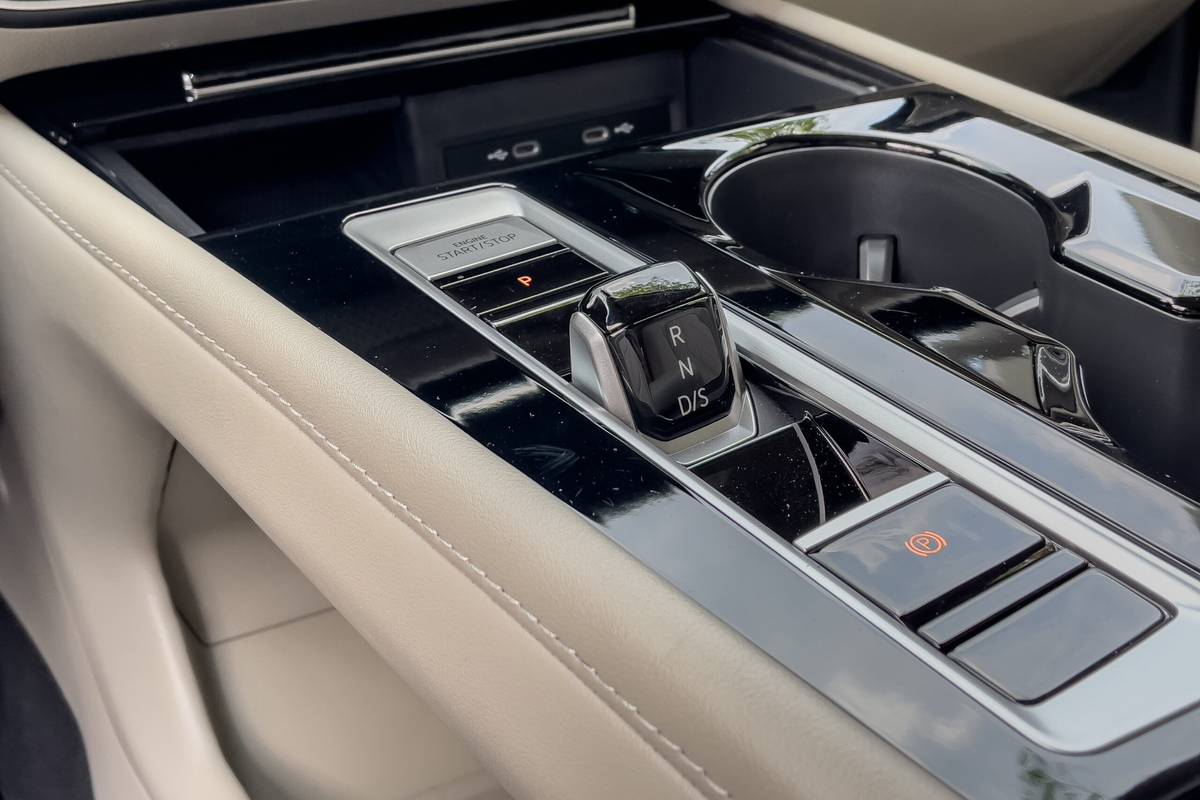

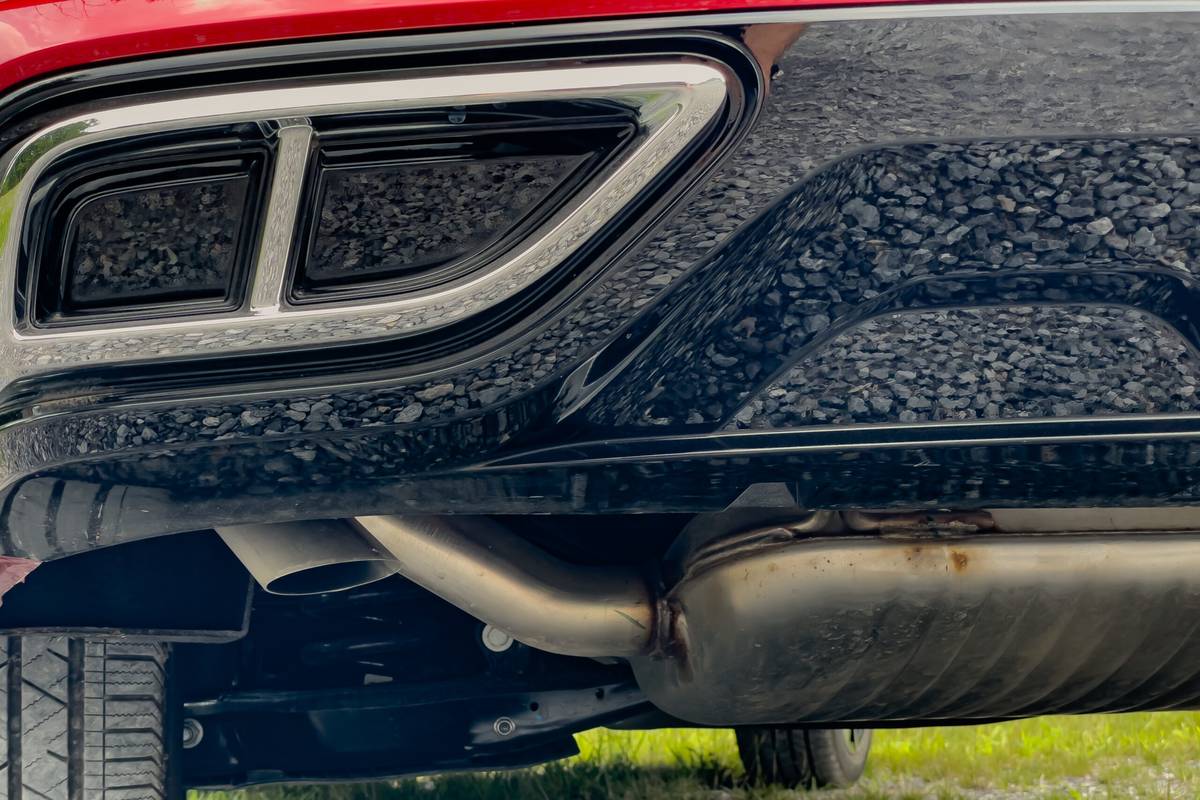

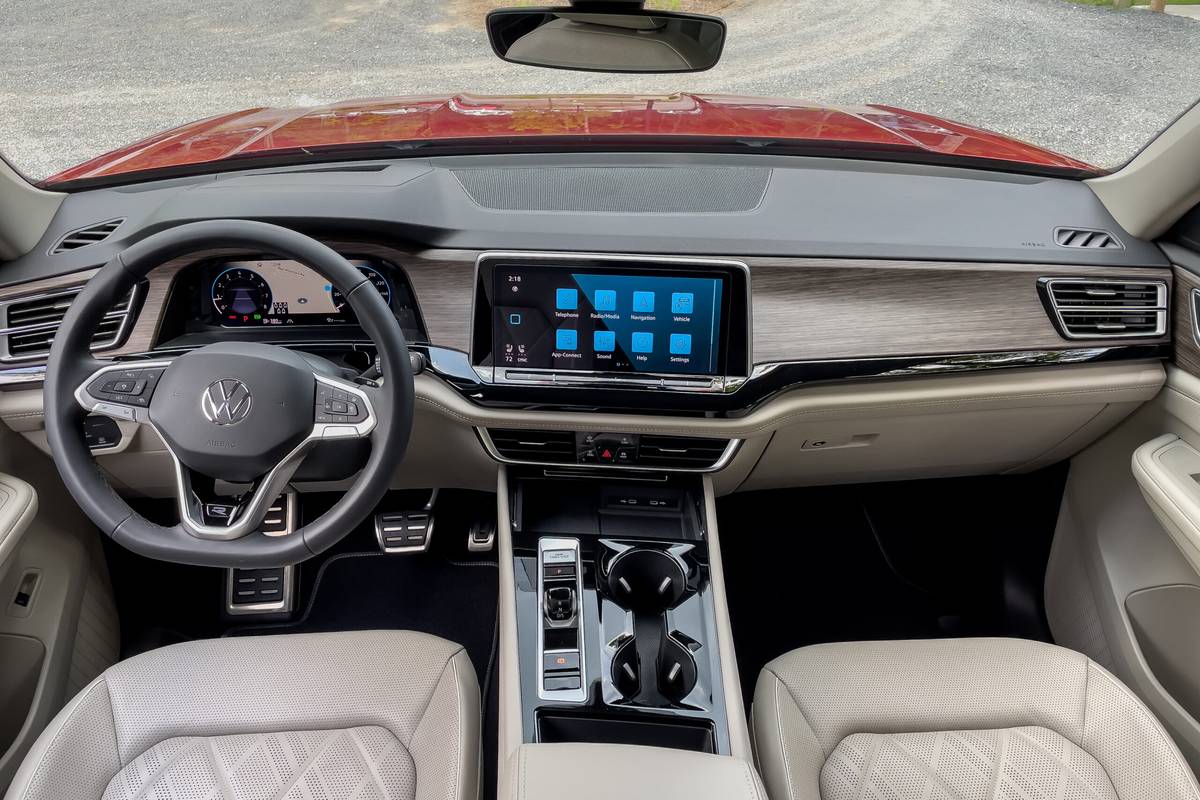
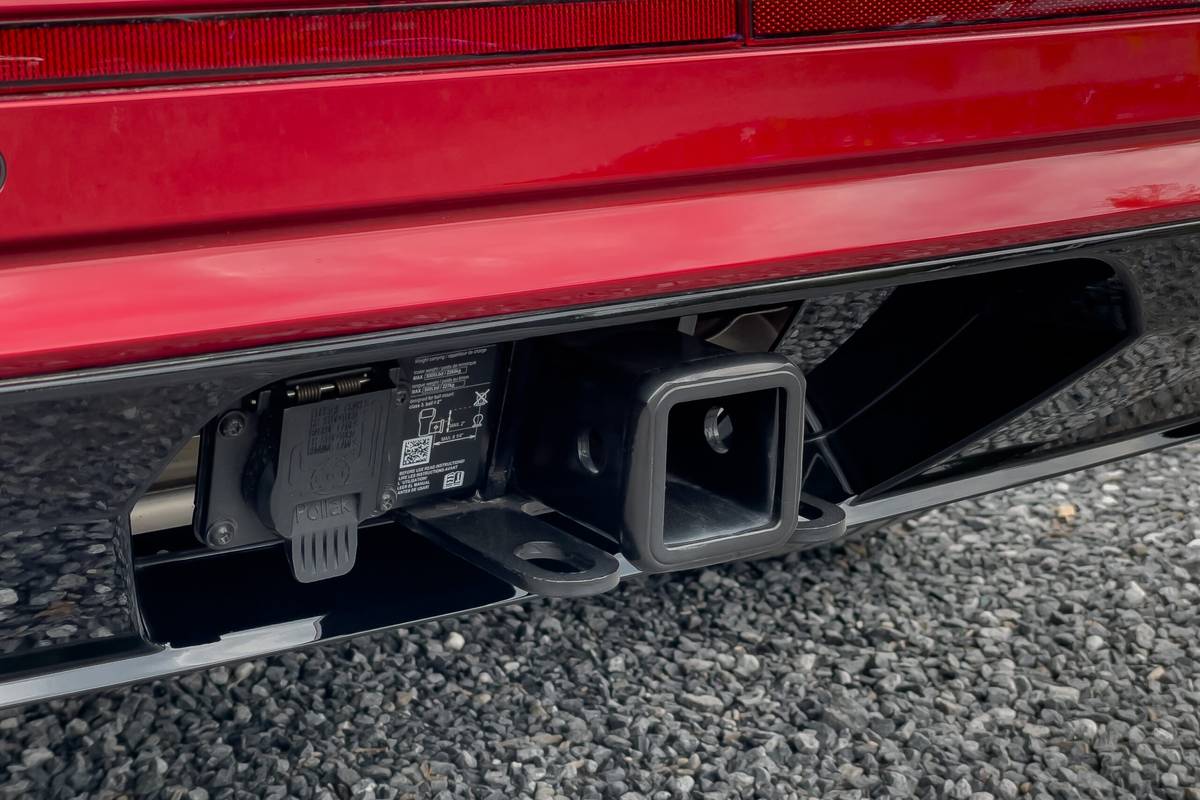
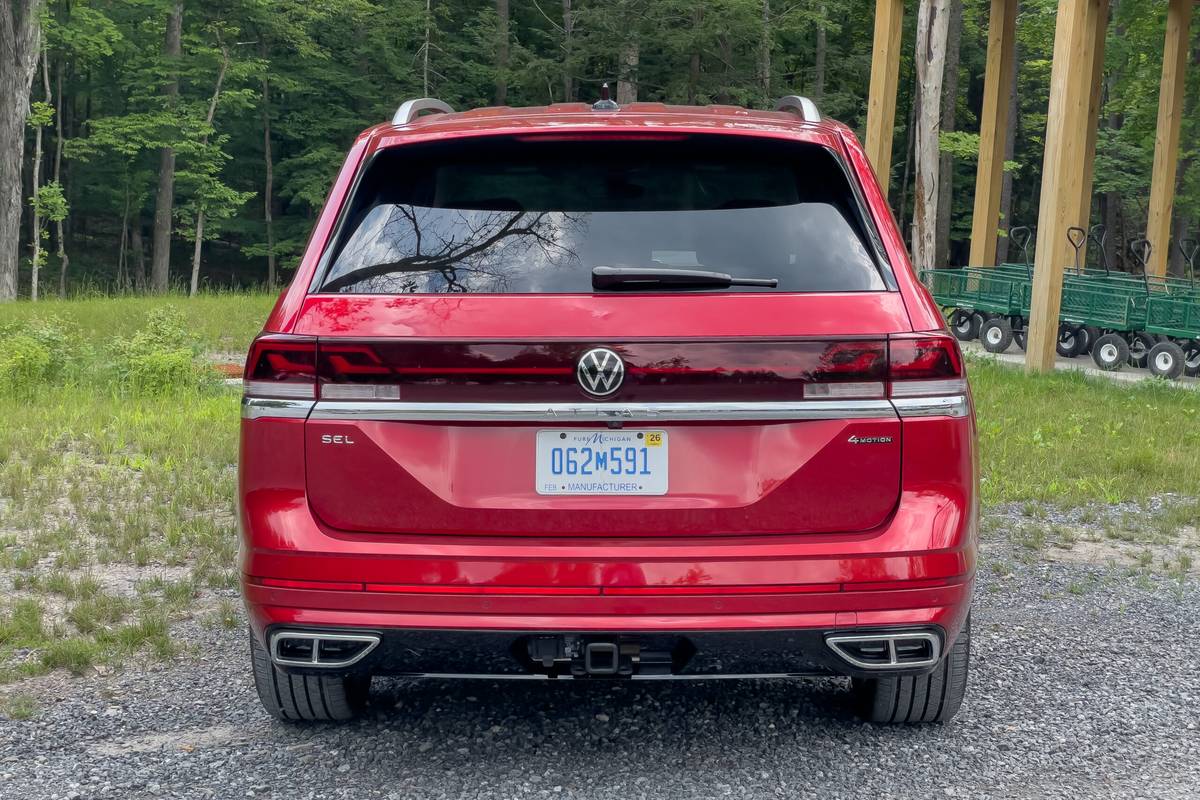
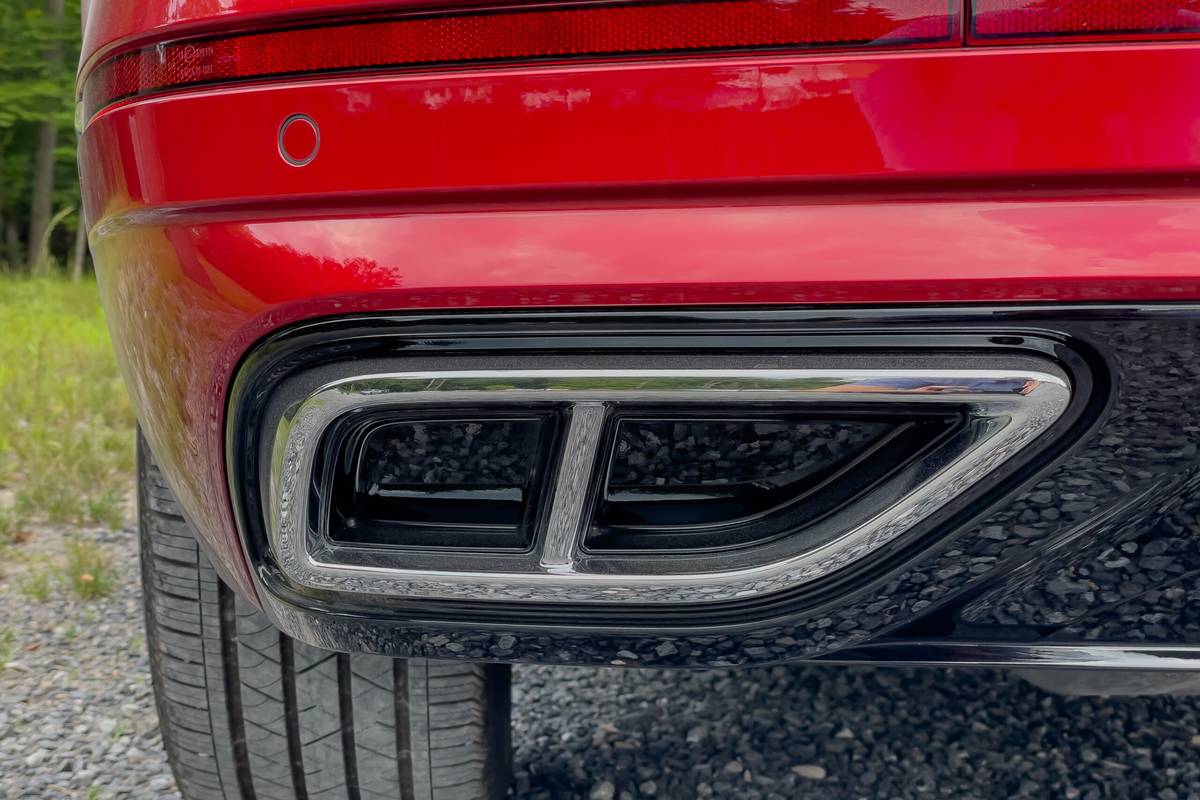
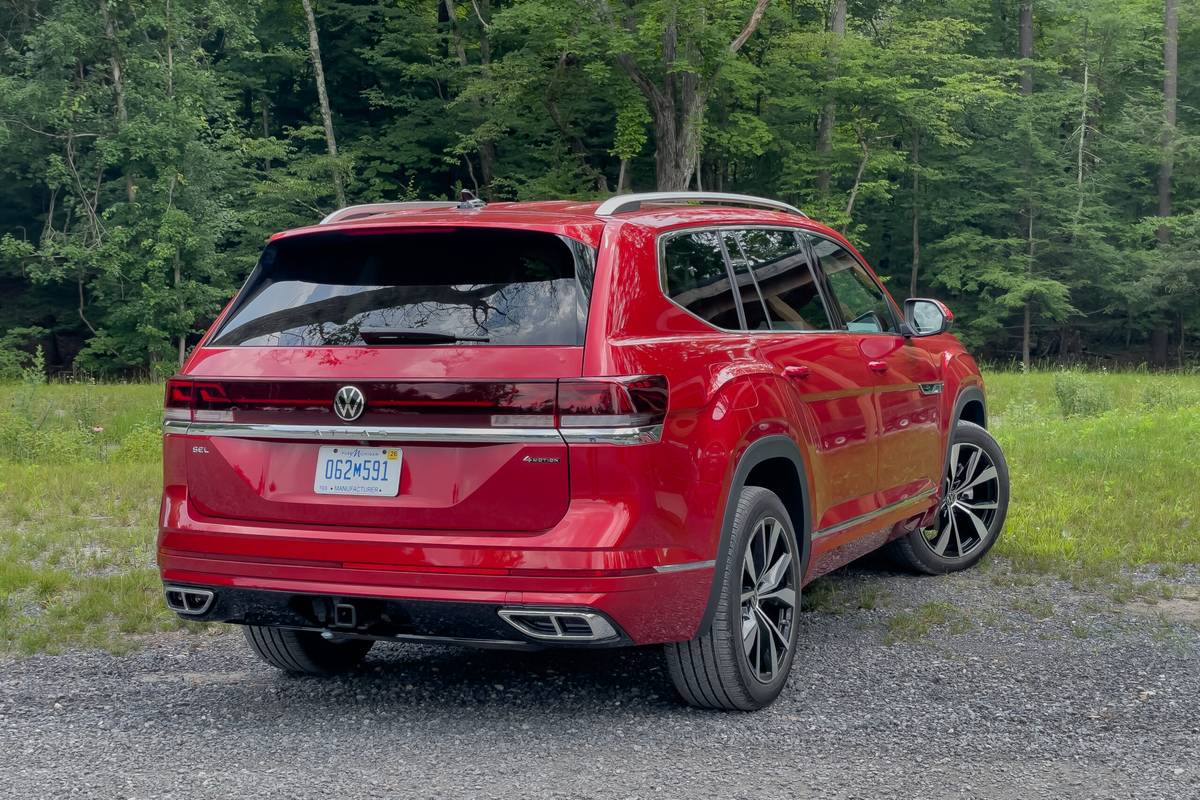

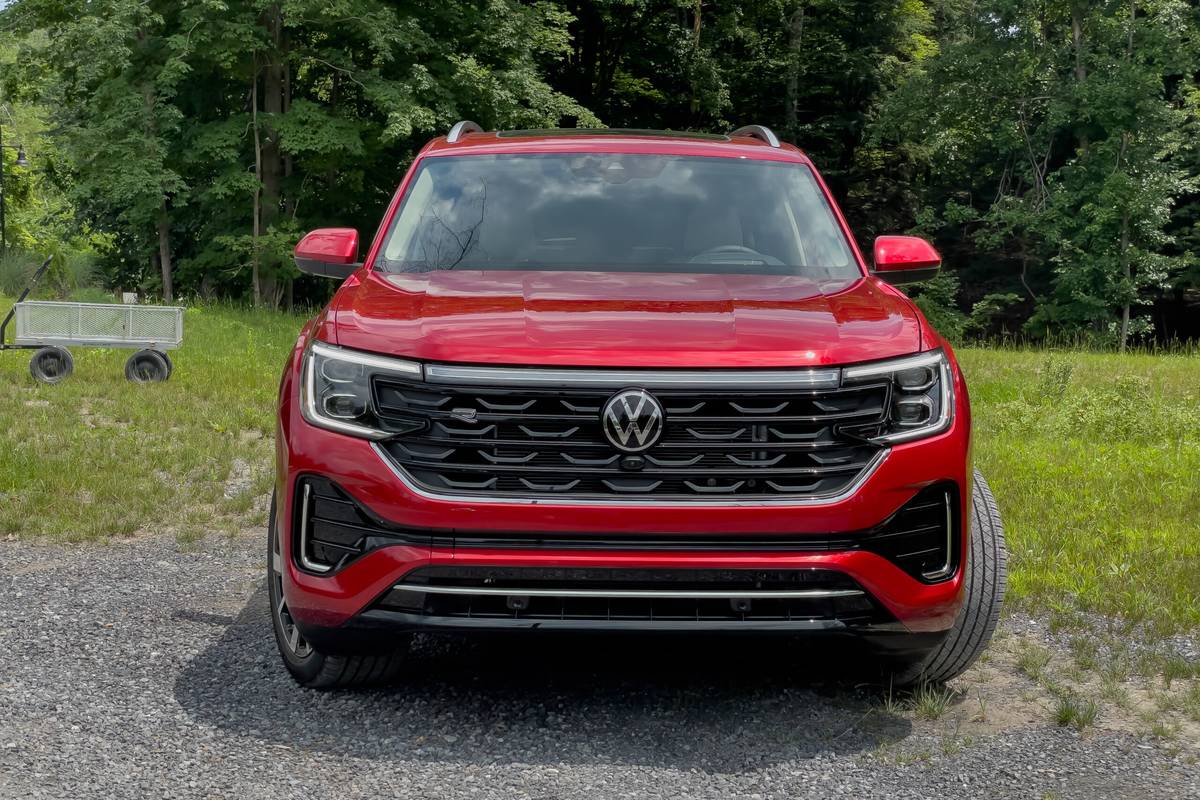
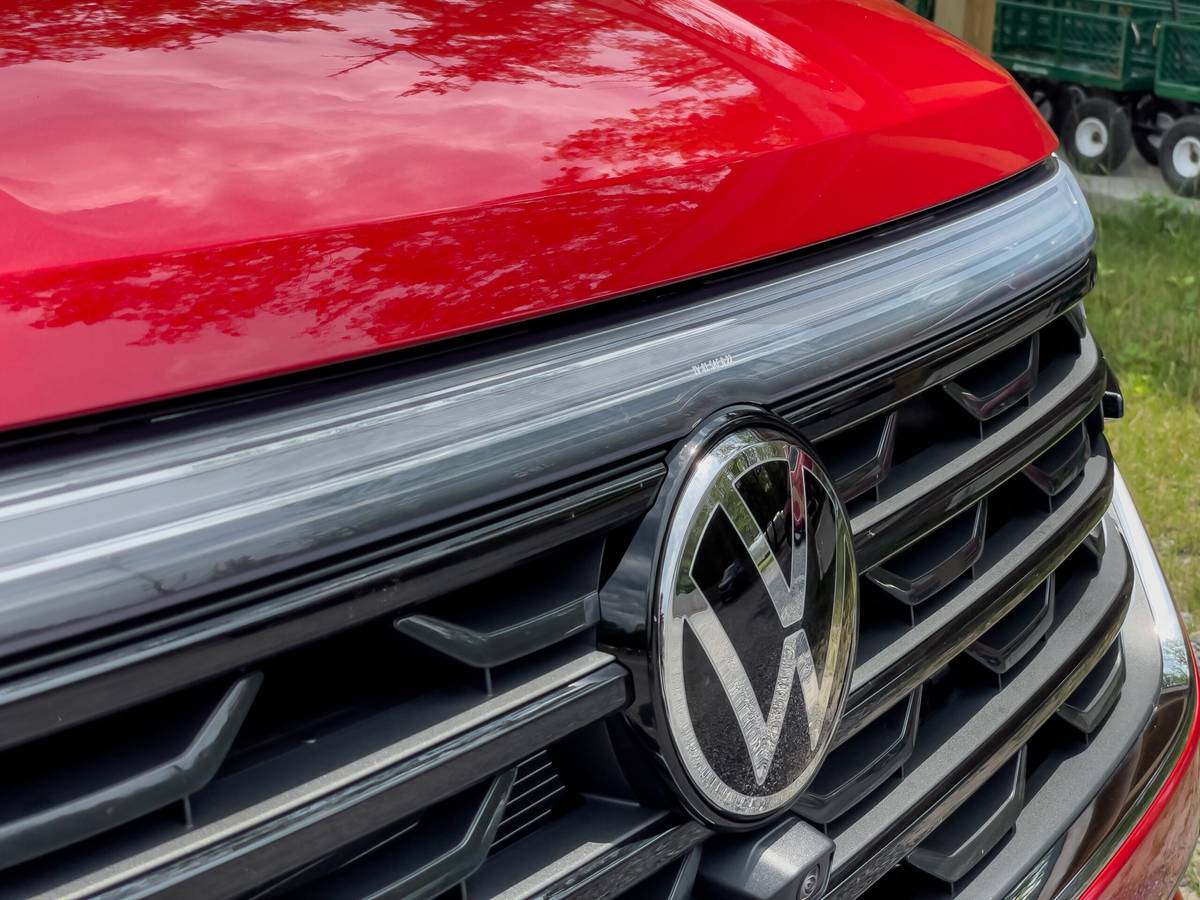

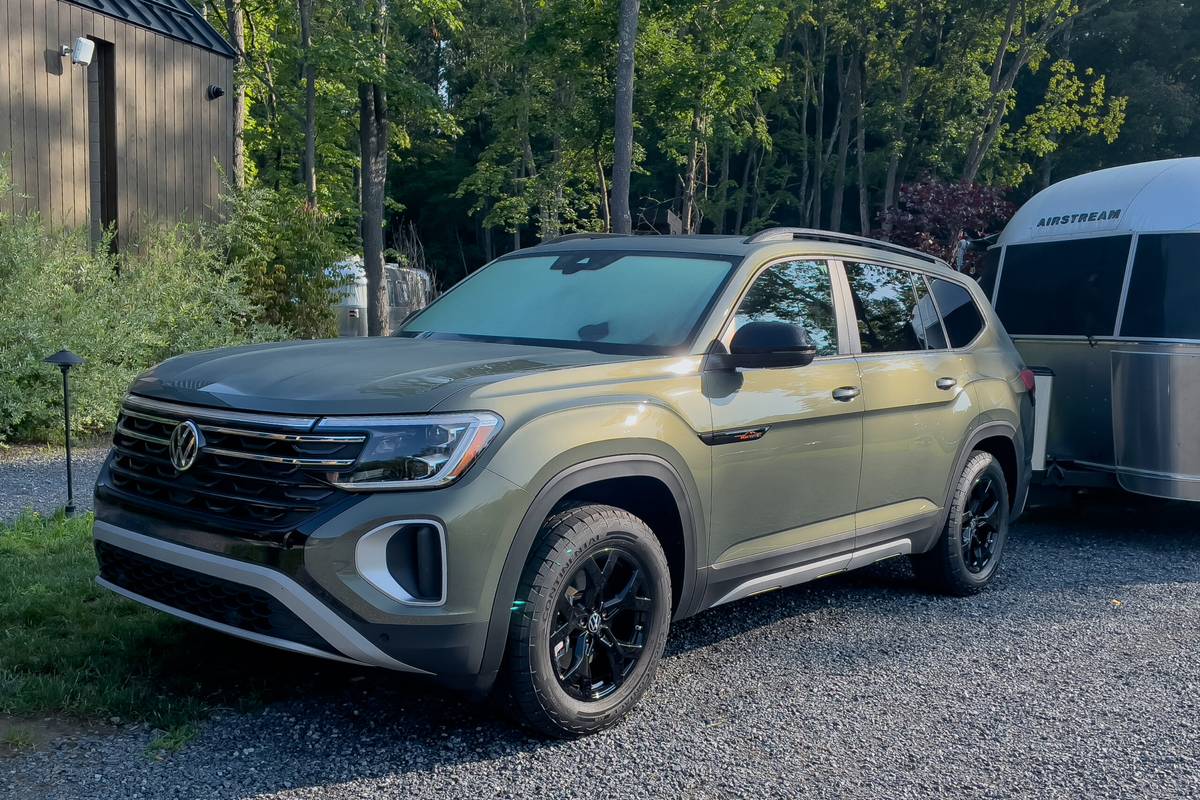
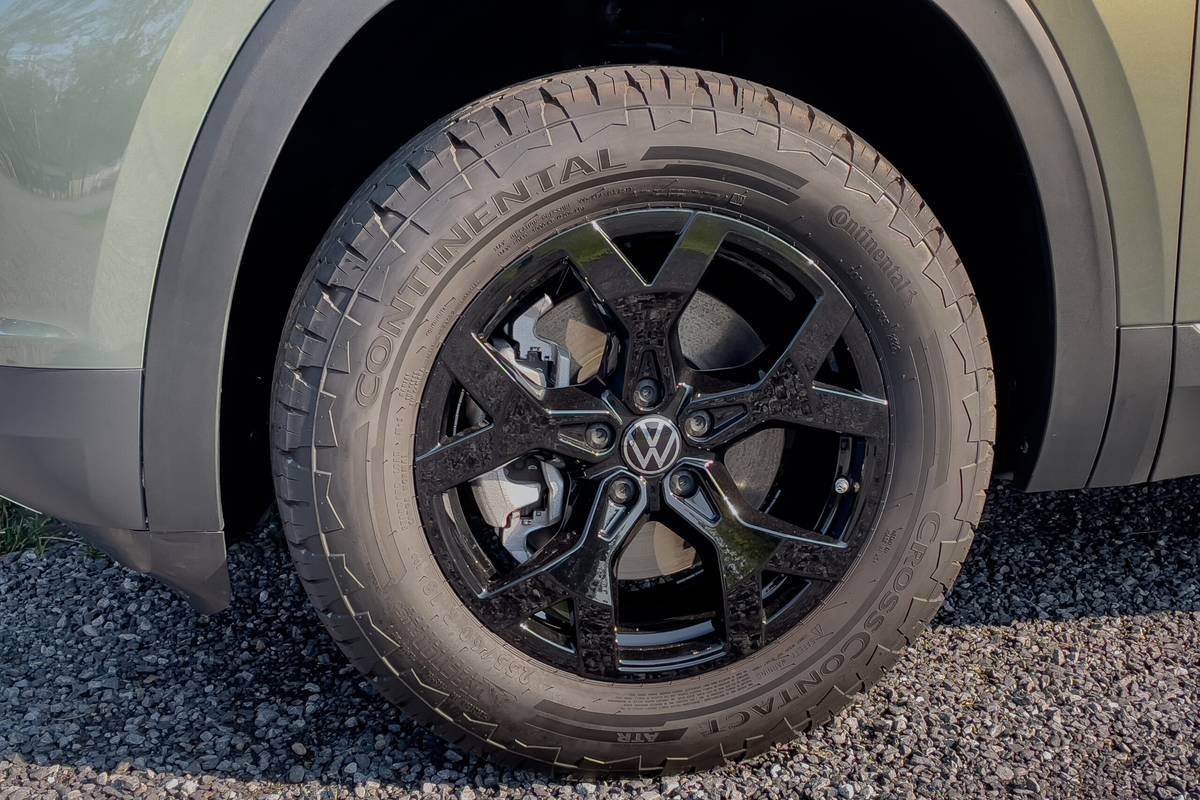
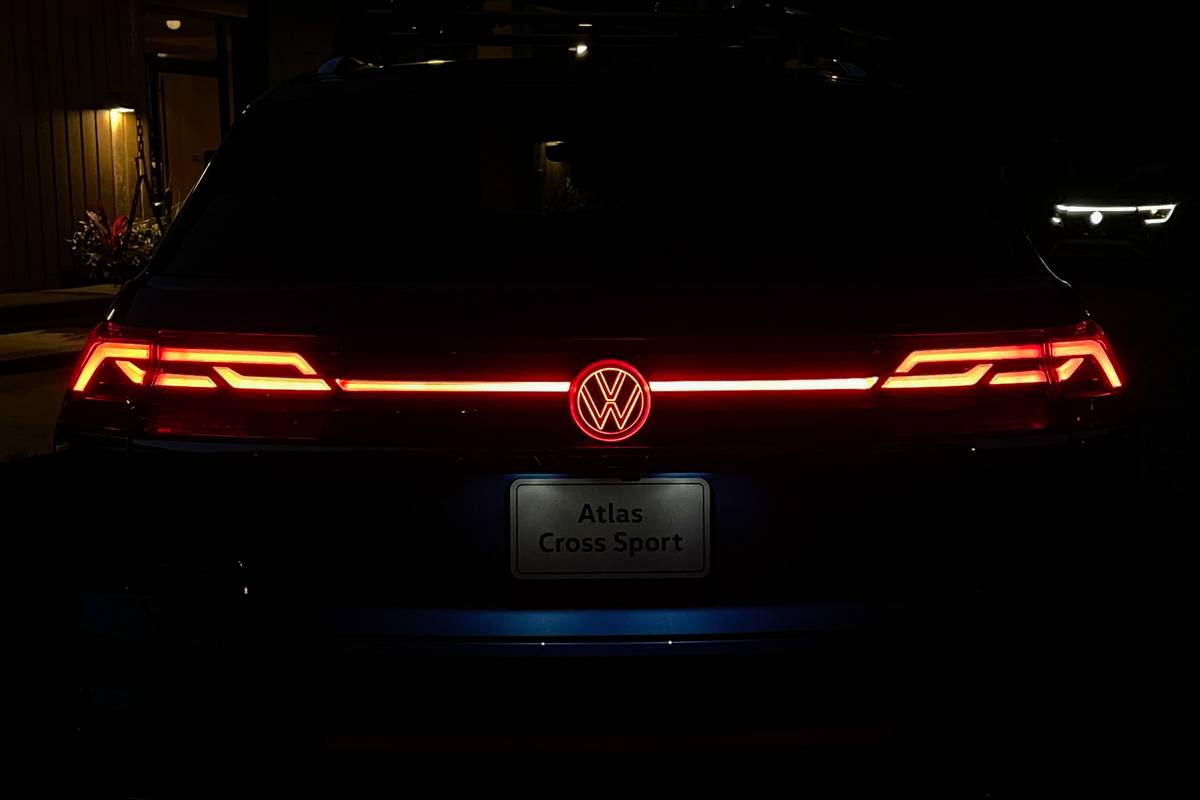

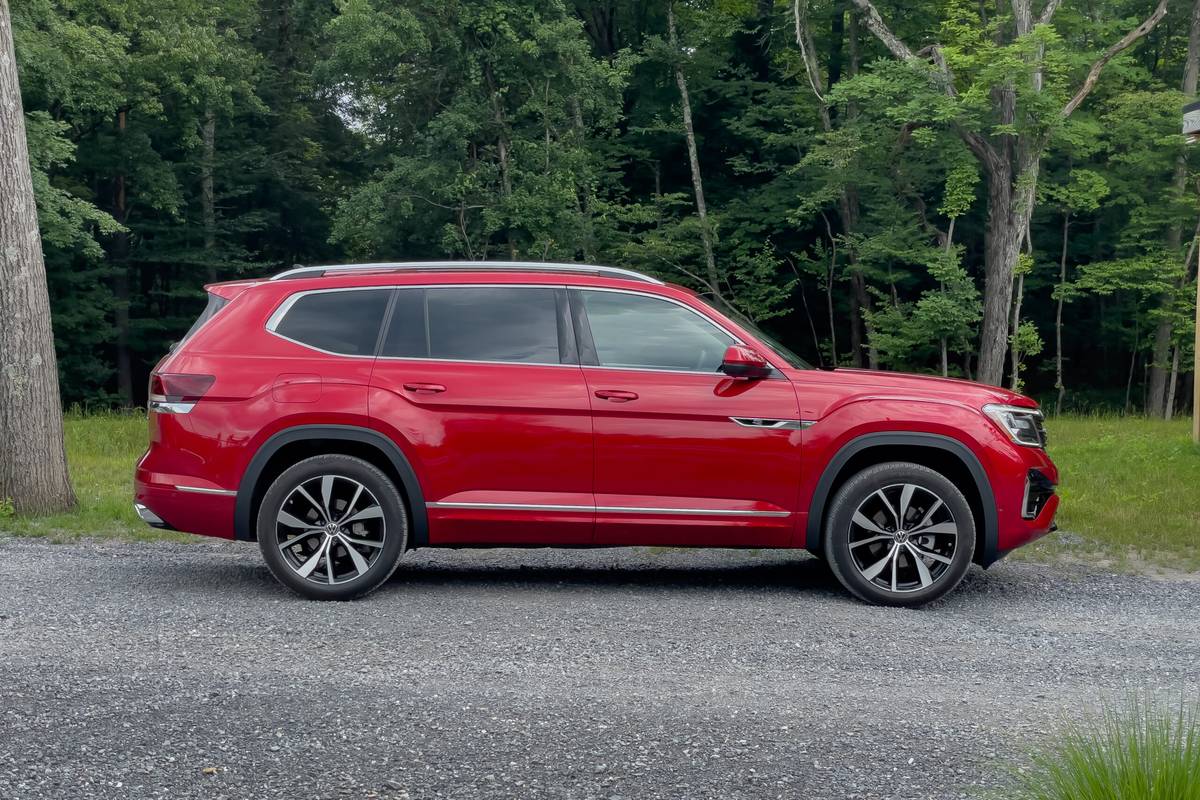
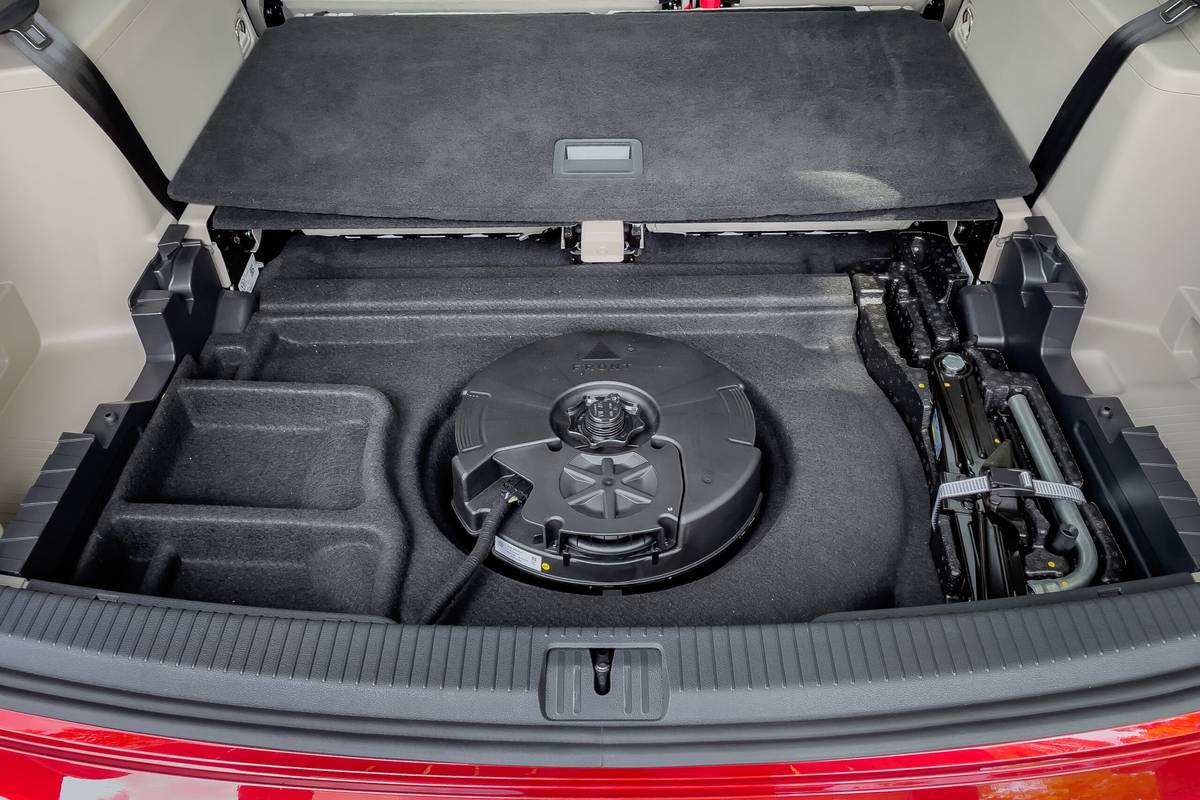
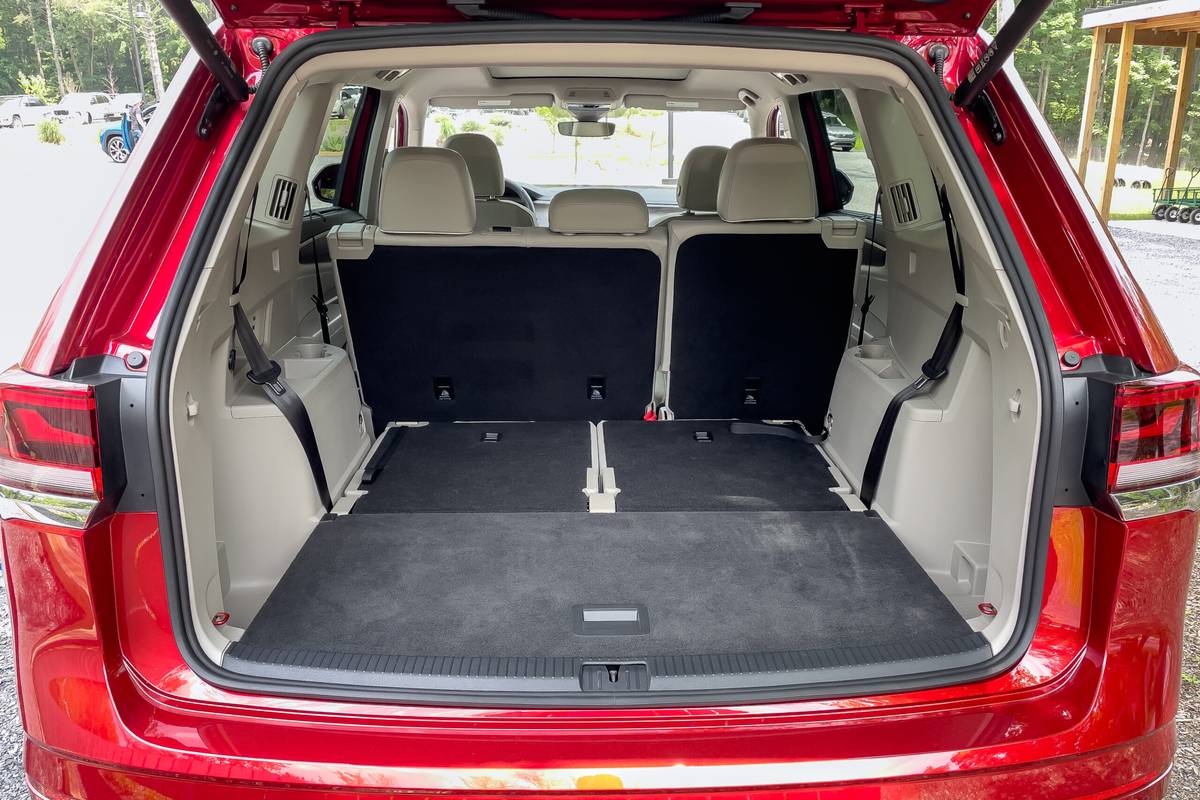


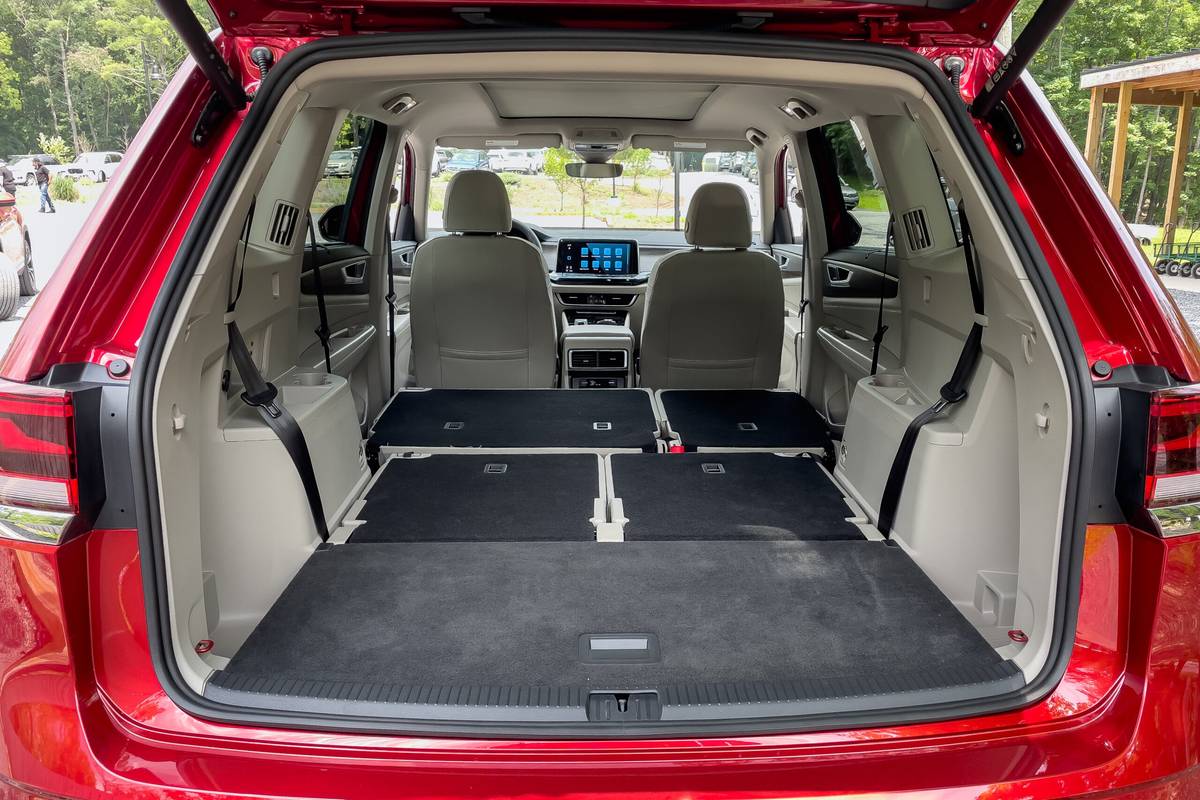


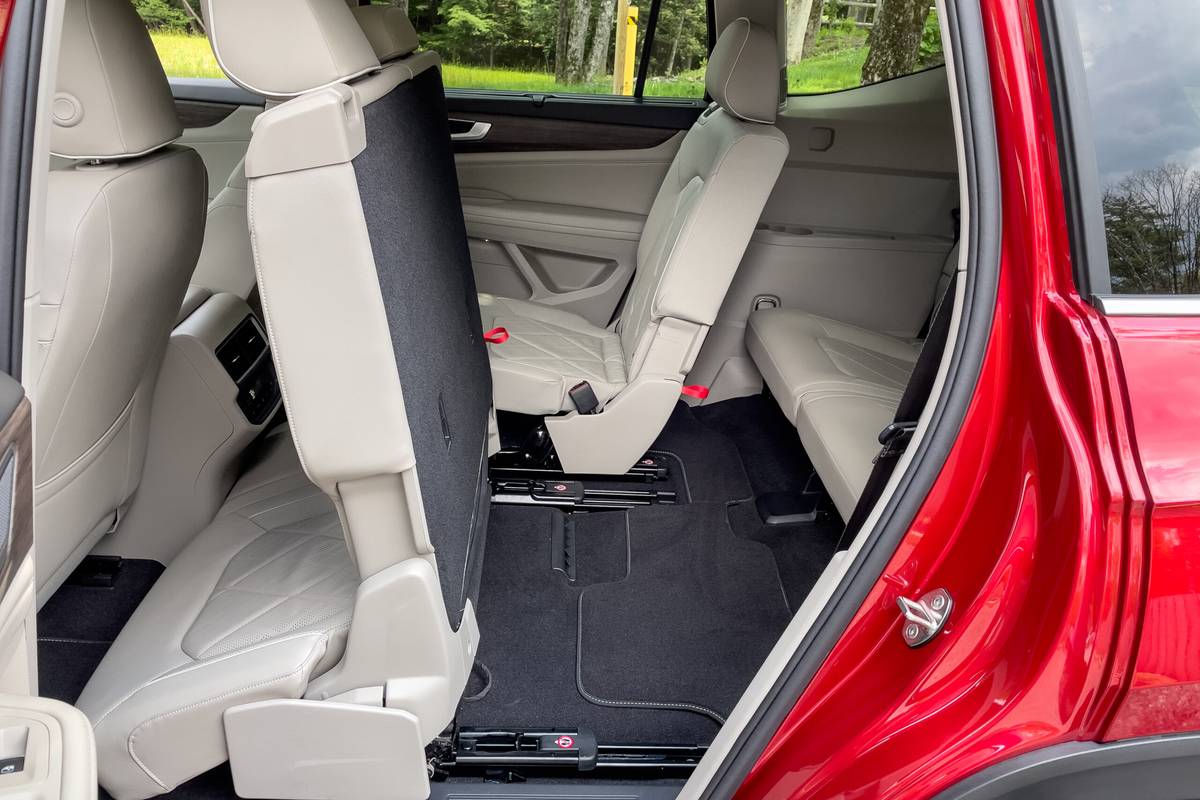
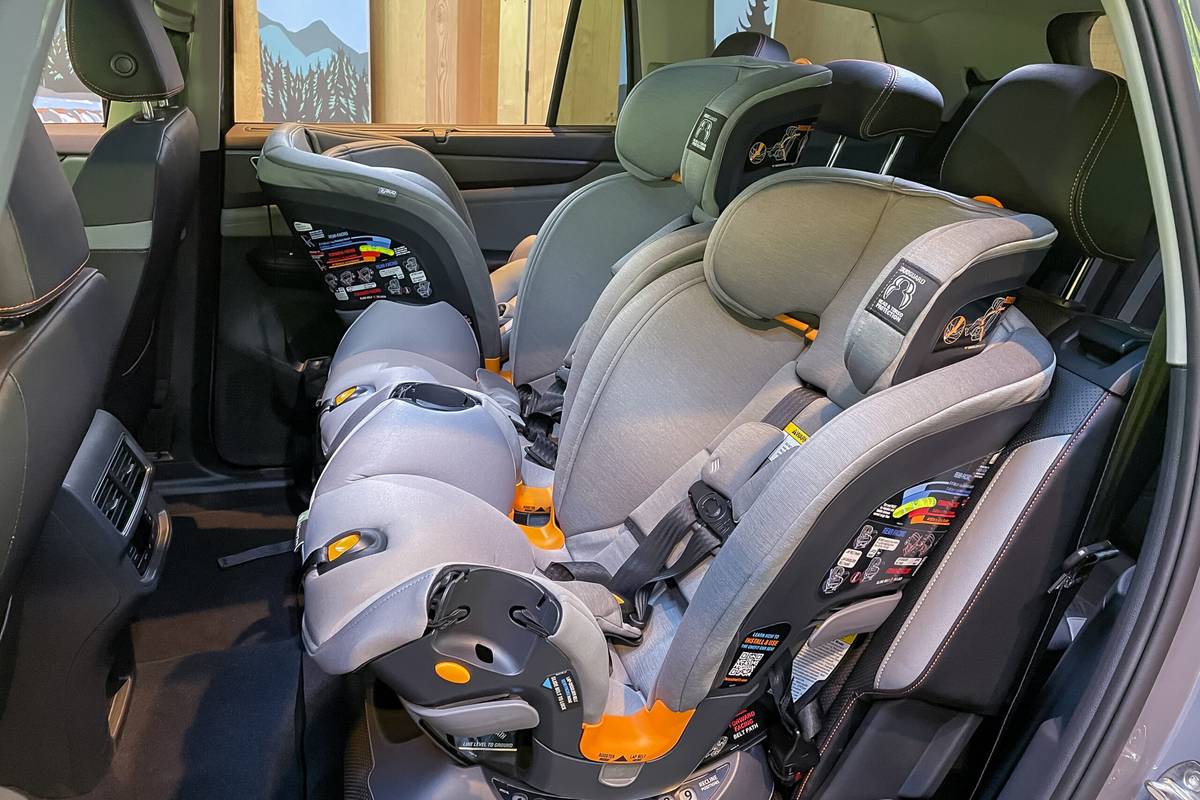
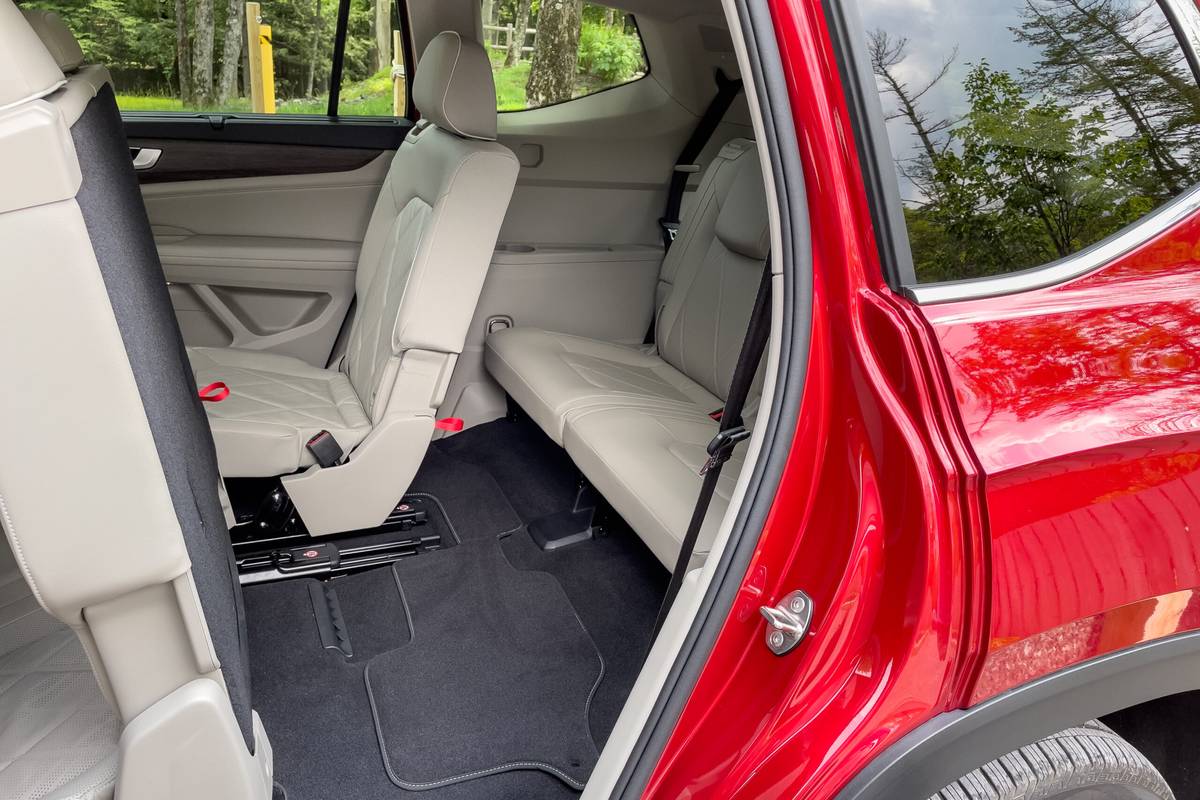

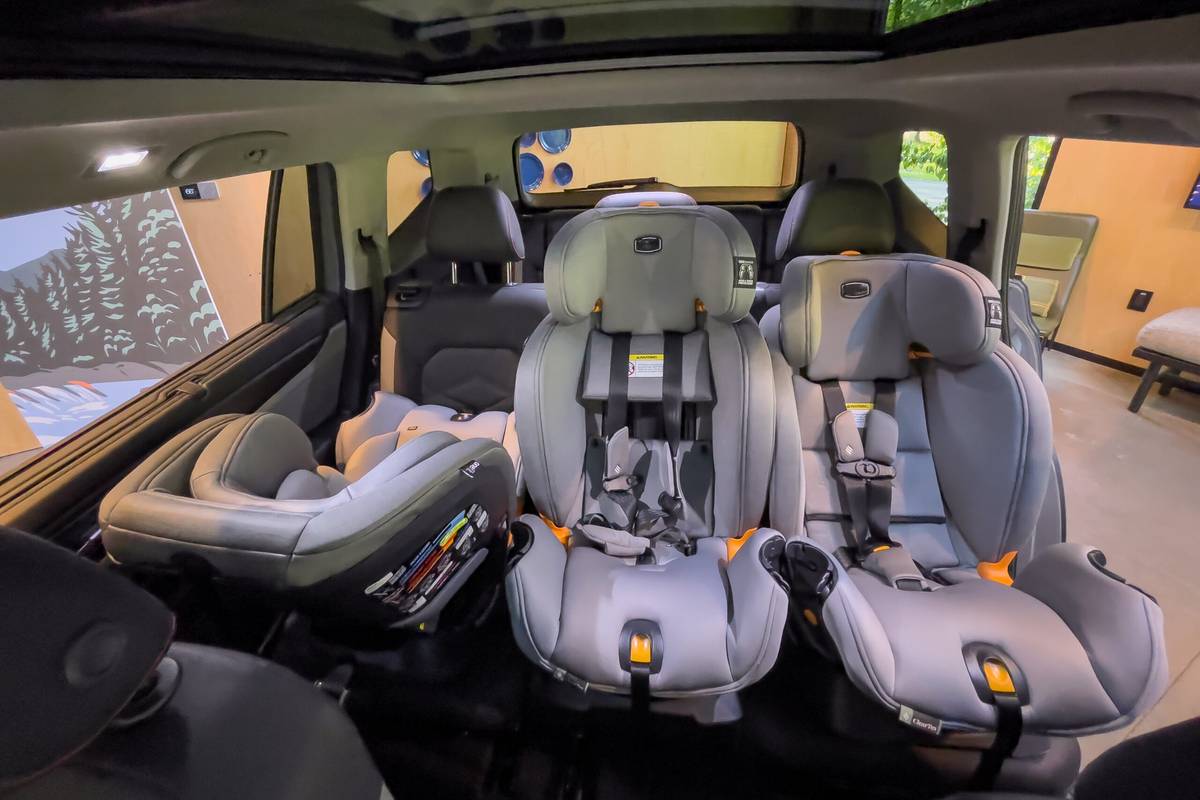

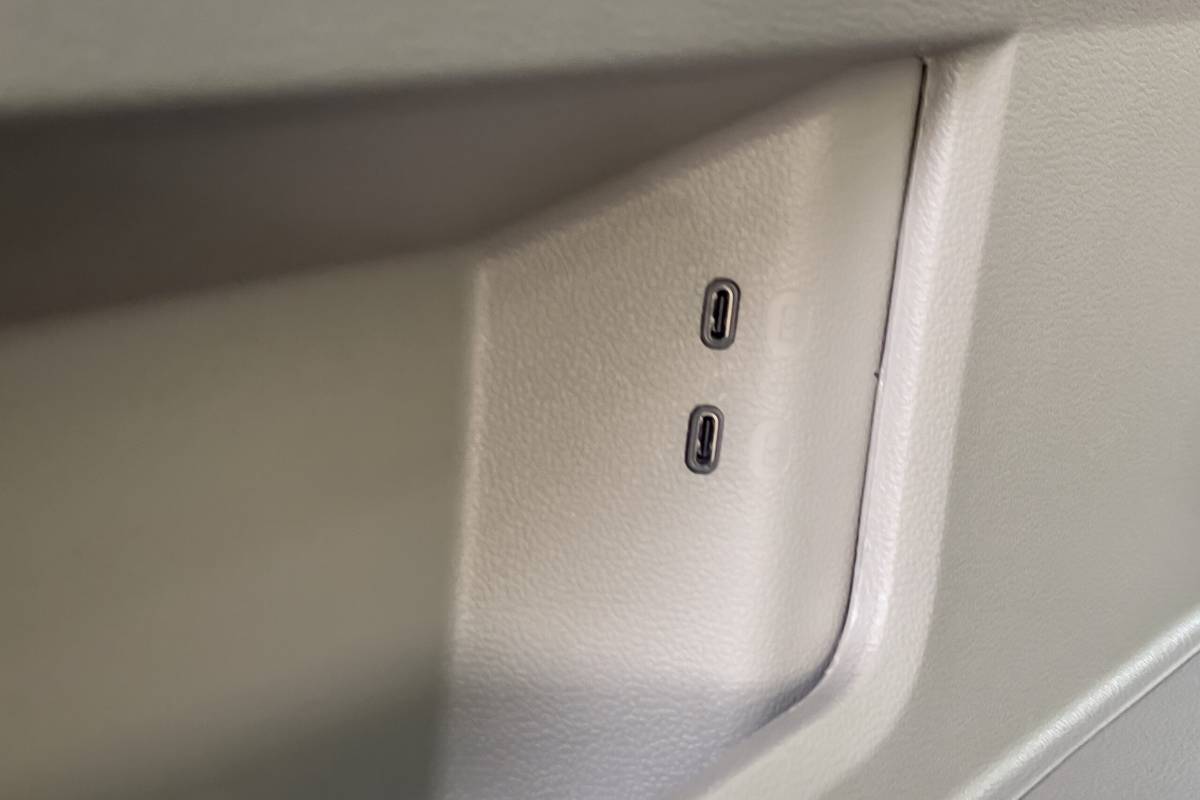



























































Cars.com’s Editorial department is your source for automotive news and reviews. In line with Cars.com’s long-standing ethics policy, editors and reviewers don’t accept gifts or free trips from automakers. The Editorial department is independent of Cars.com’s advertising, sales and sponsored content departments.

Managing Editor Joe Bruzek’s 22 years of automotive experience doesn’t count the lifelong obsession that started as a kid admiring his dad’s 1964 Chevrolet Corvette — and continues to this day. Joe’s been an automotive journalist with Cars.com for 16 years, writing shopper-focused car reviews, news and research content. As Managing Editor, one of his favorite areas of focus is helping shoppers understand electric cars and how to determine whether going electric is right for them. In his free time, Joe maintains a love-hate relationship with his 1998 Pontiac Firebird Trans Am that he wishes would fix itself. LinkedIn: https://www.linkedin.com/in/joe-bruzek-2699b41b/
Latest news

